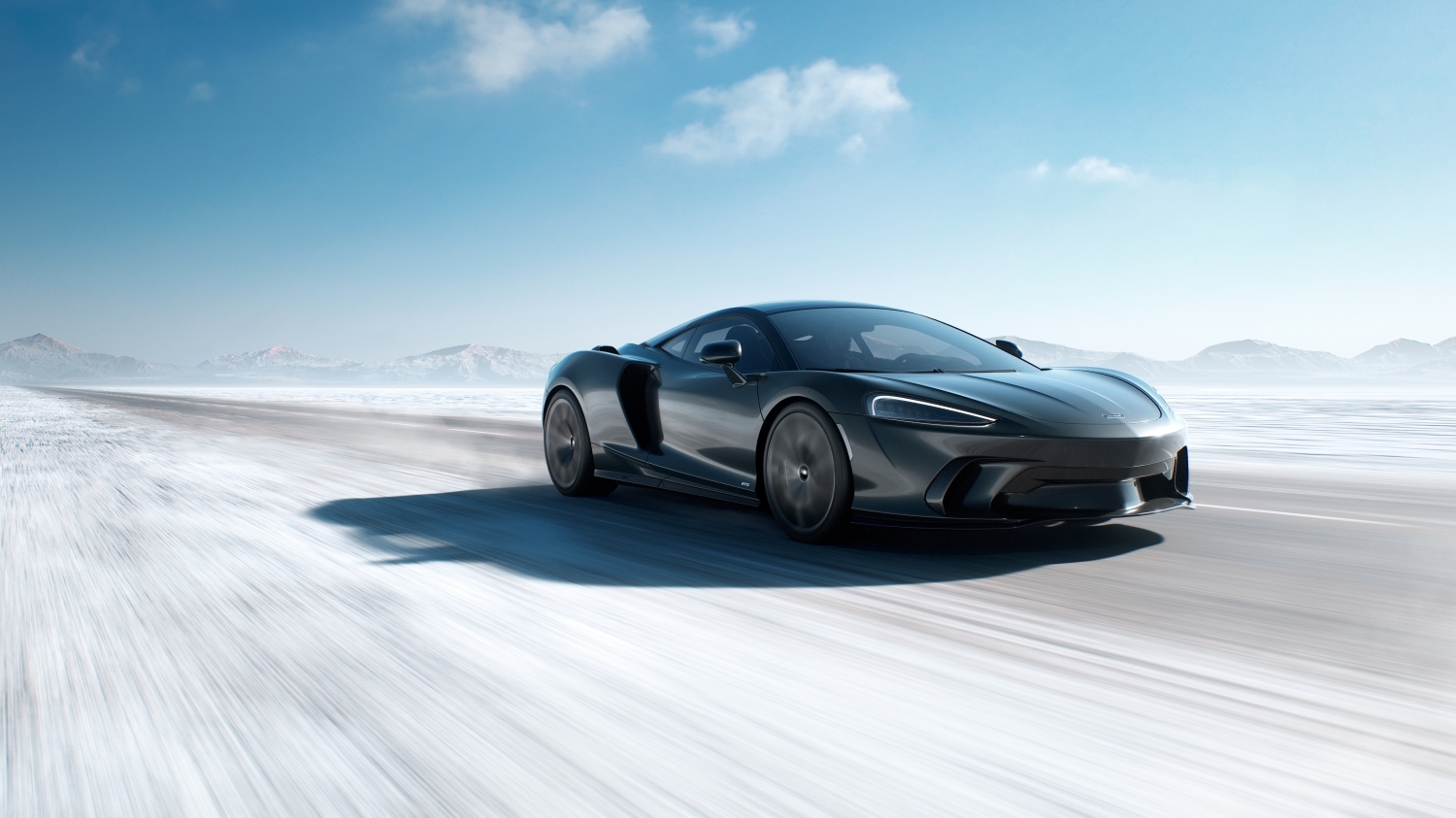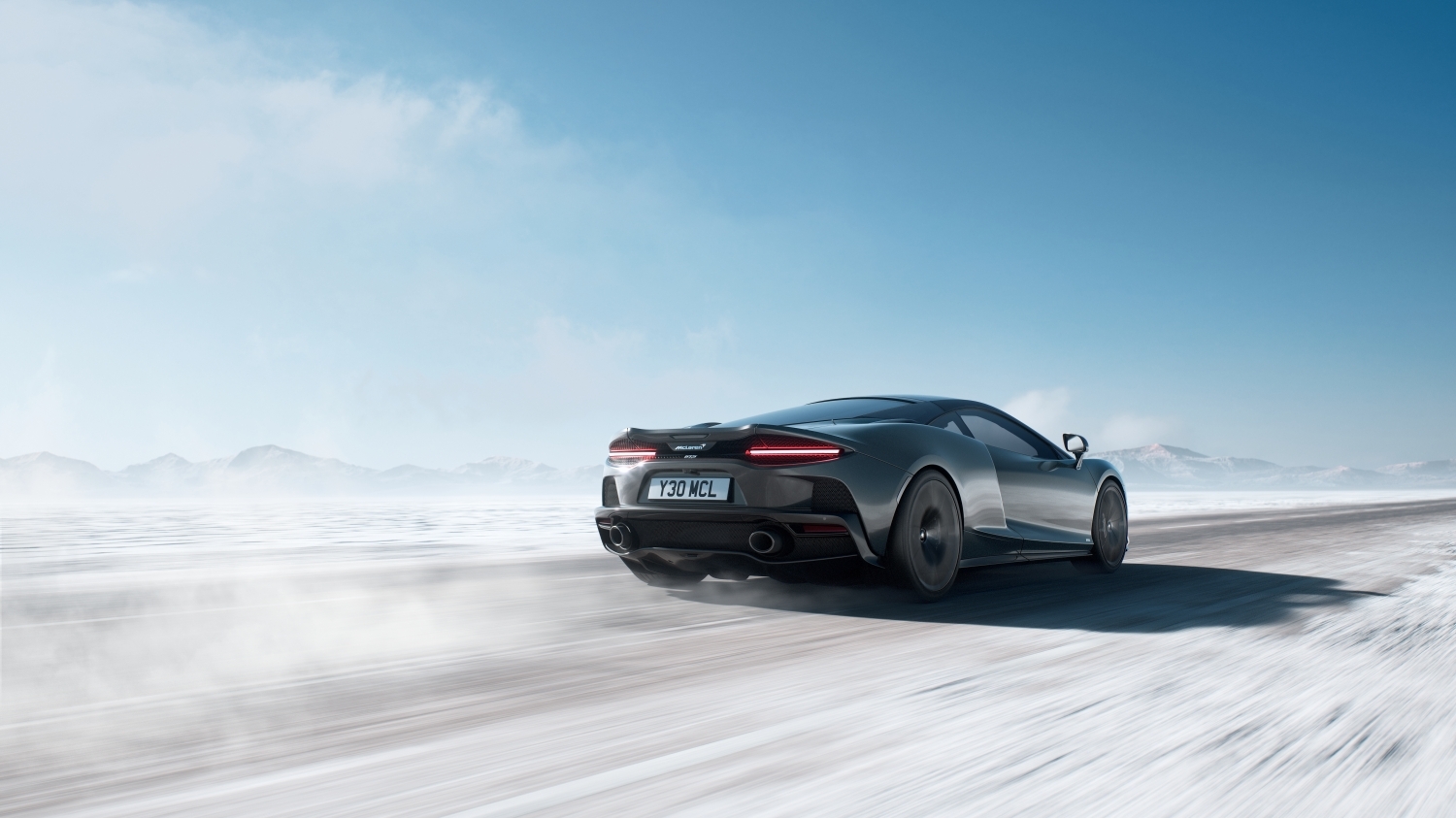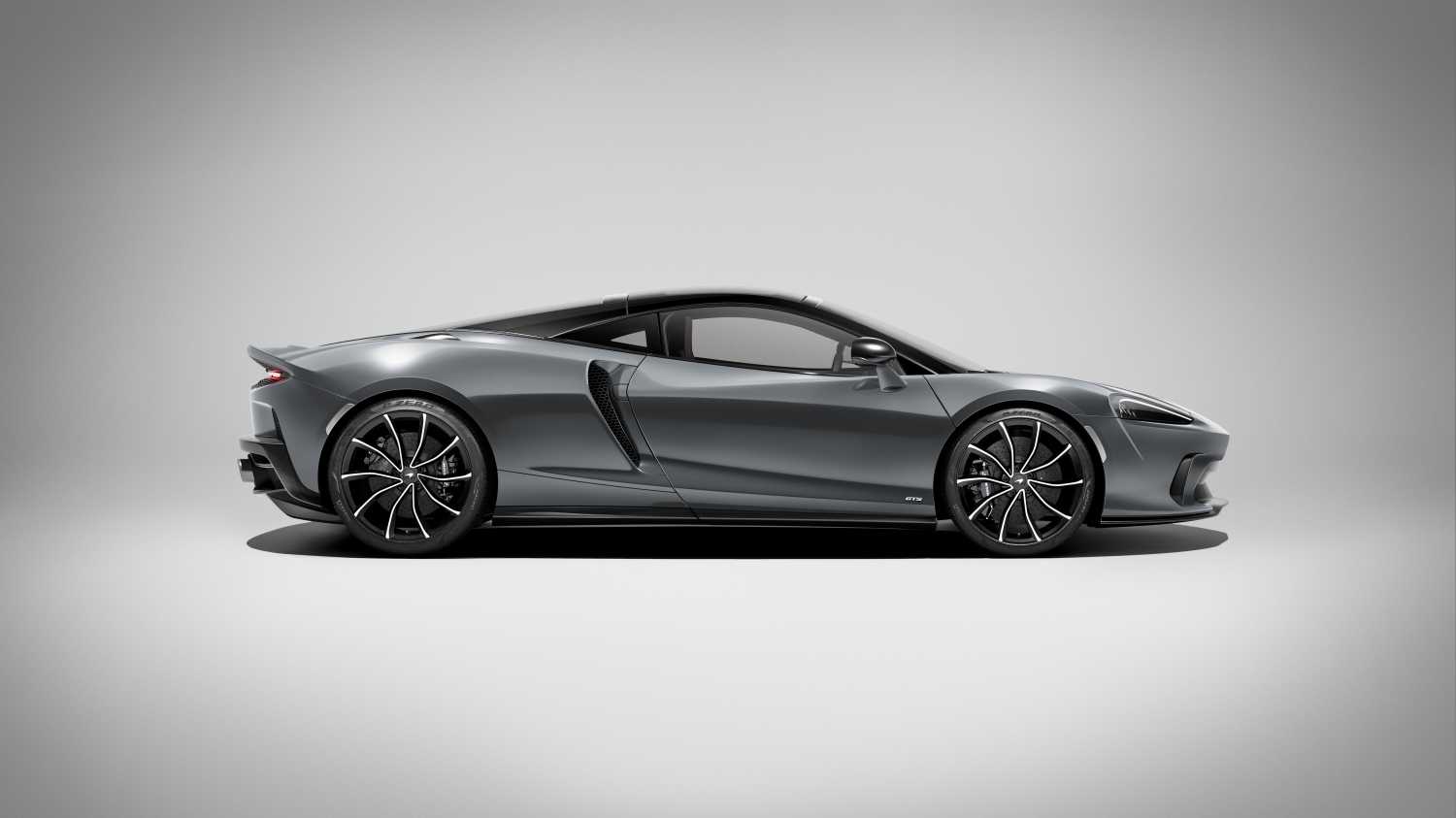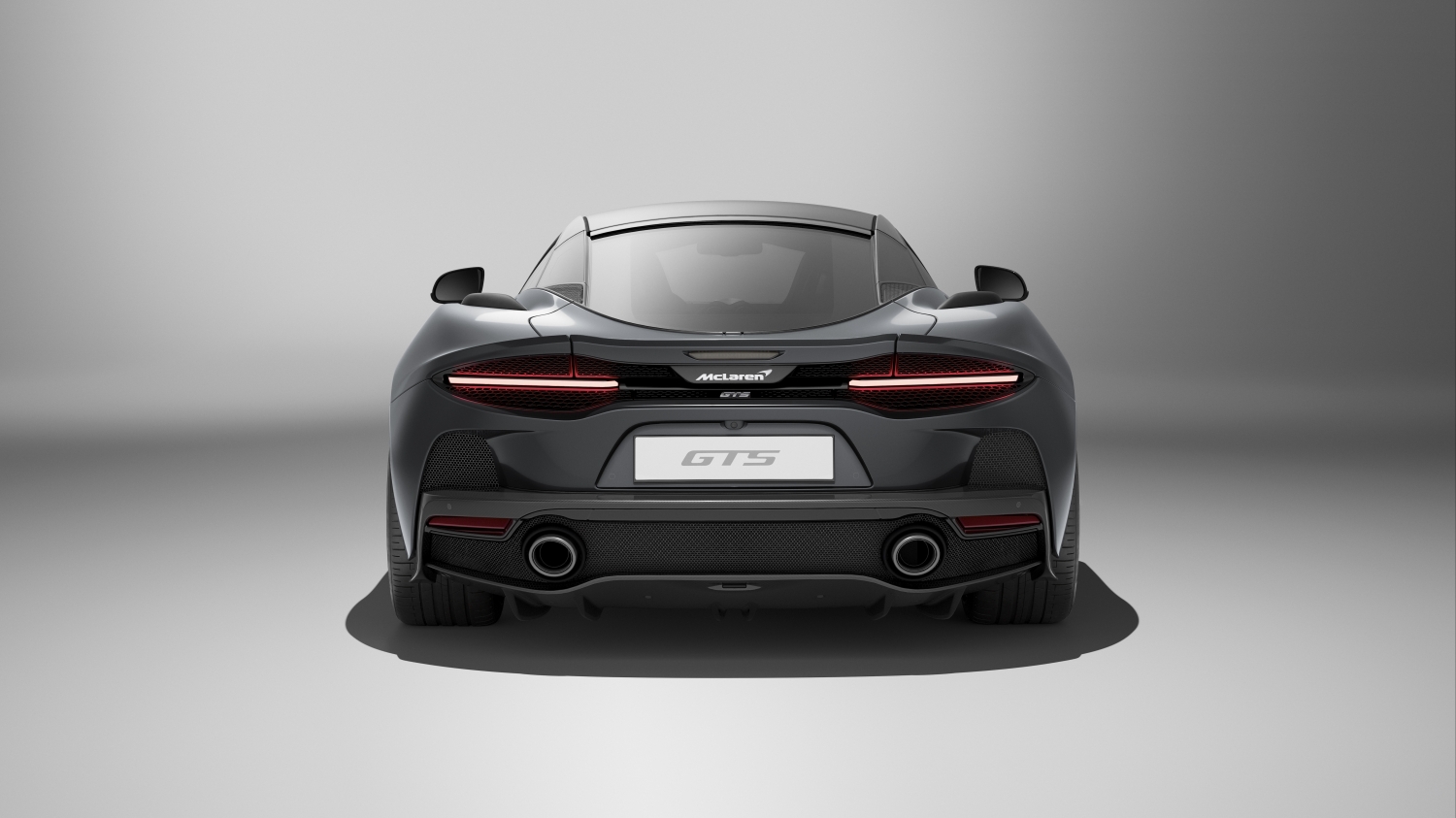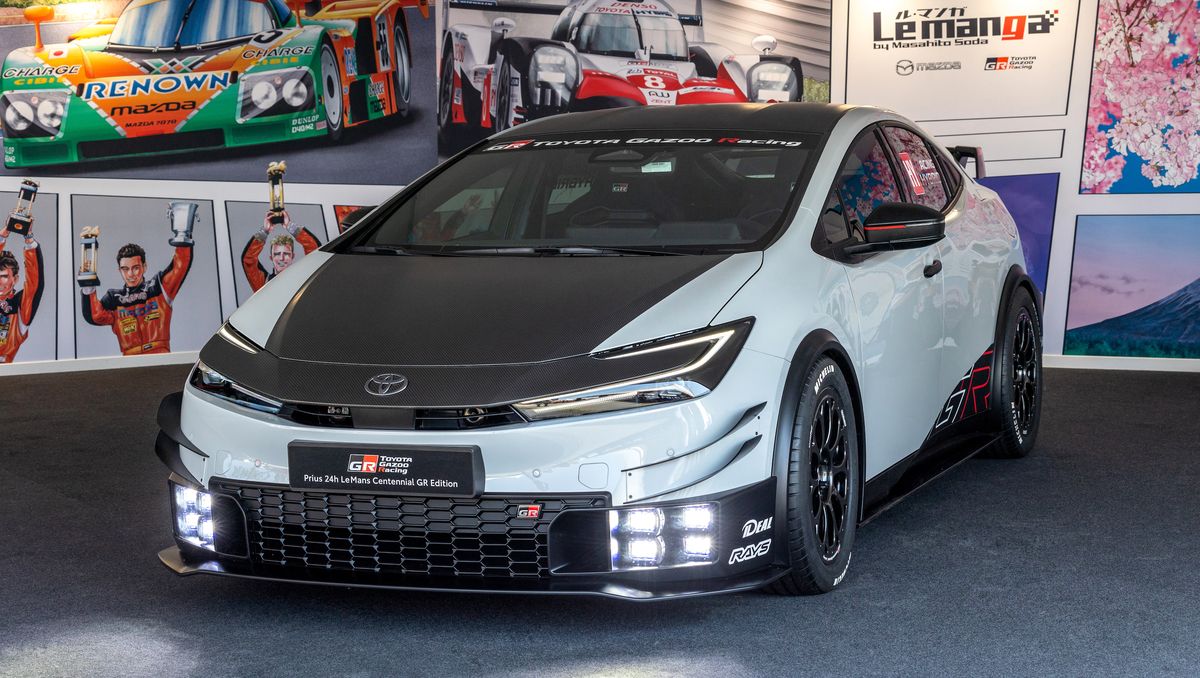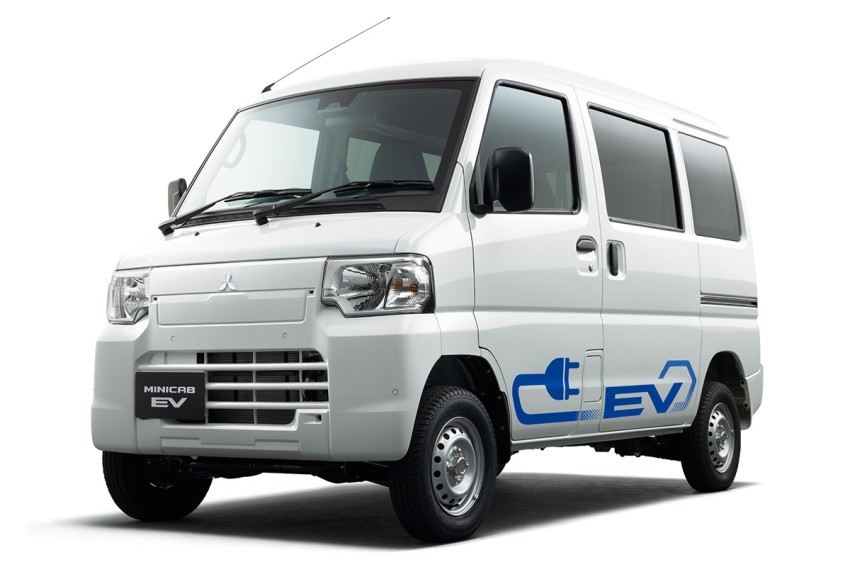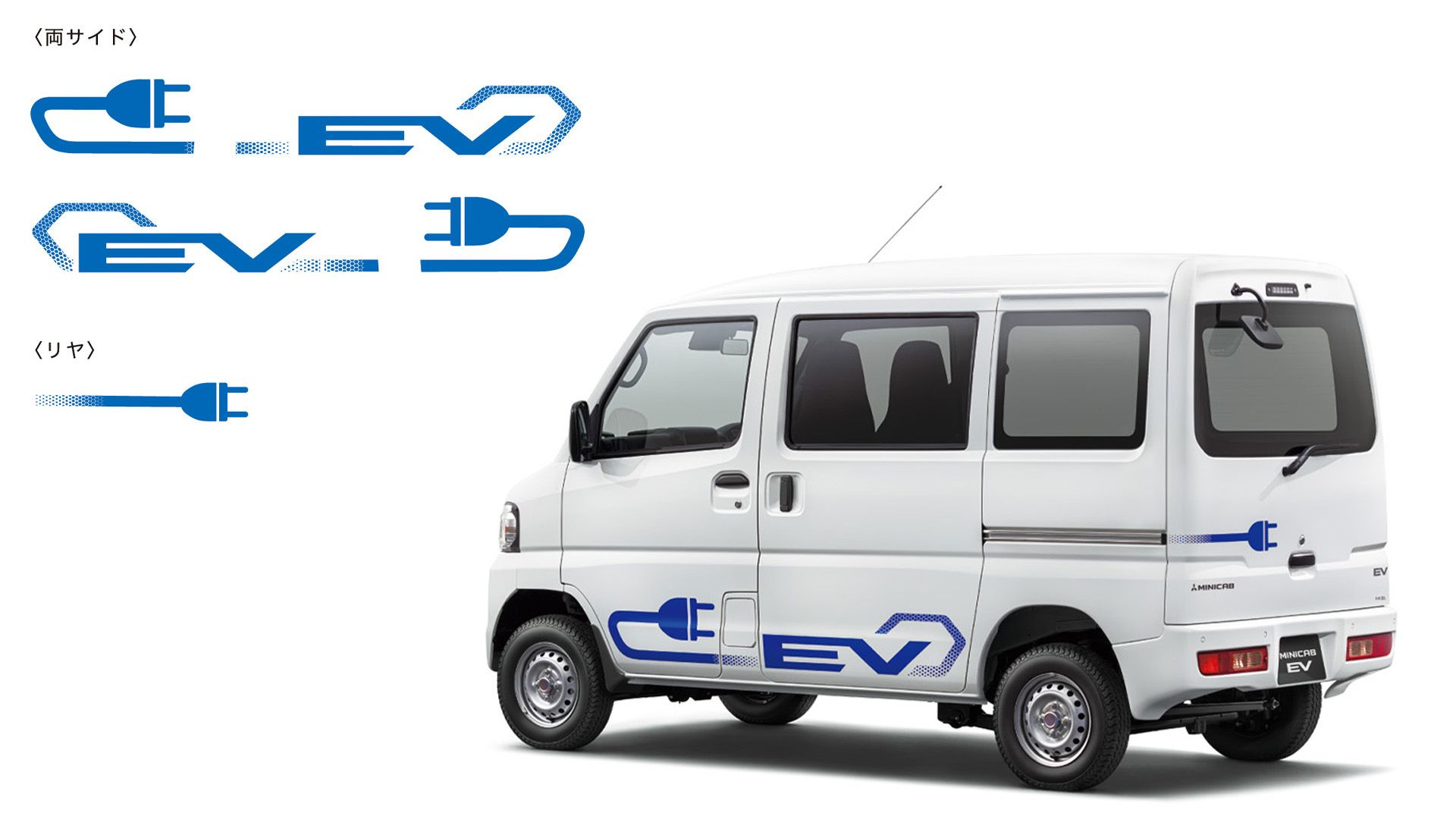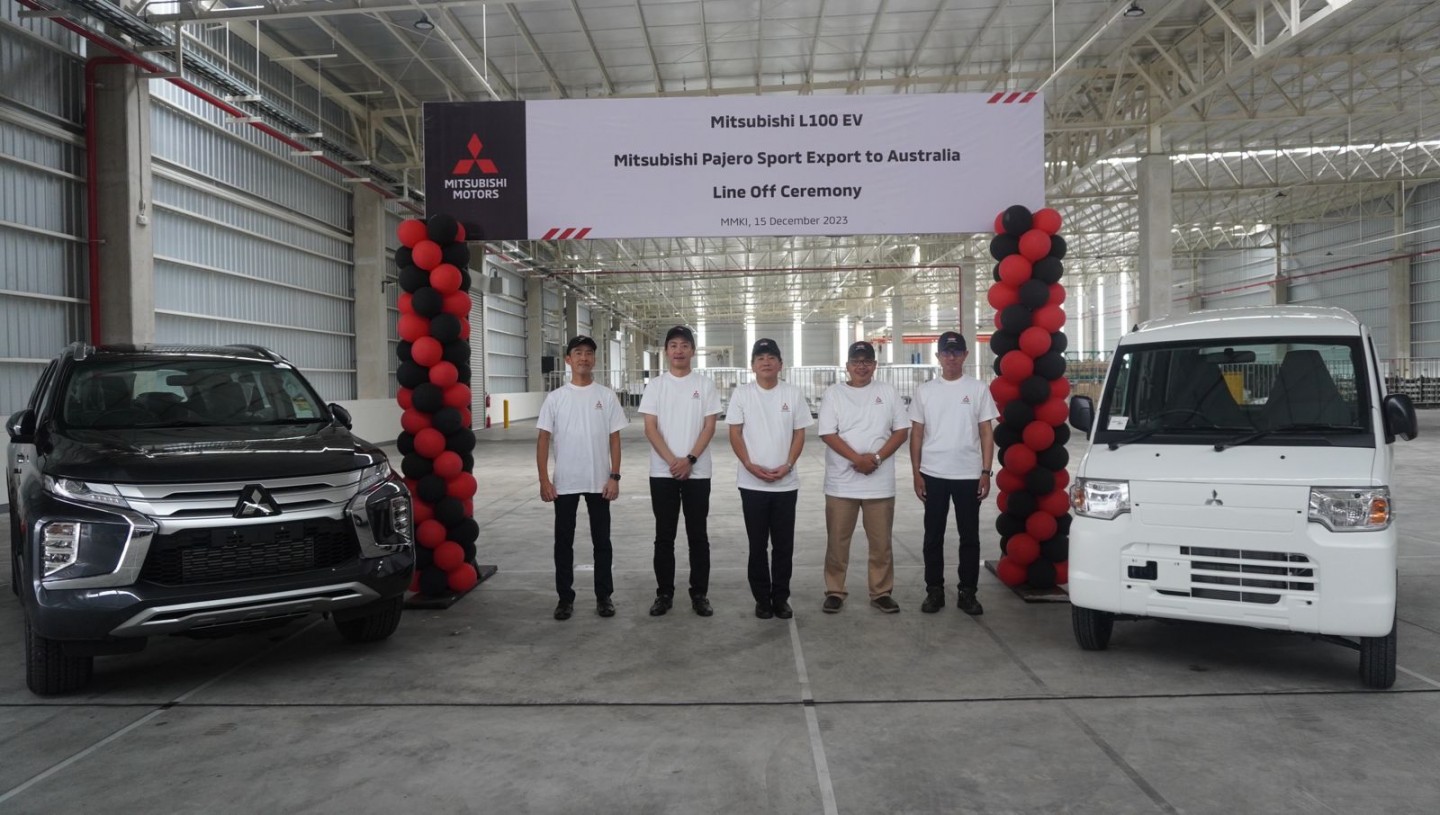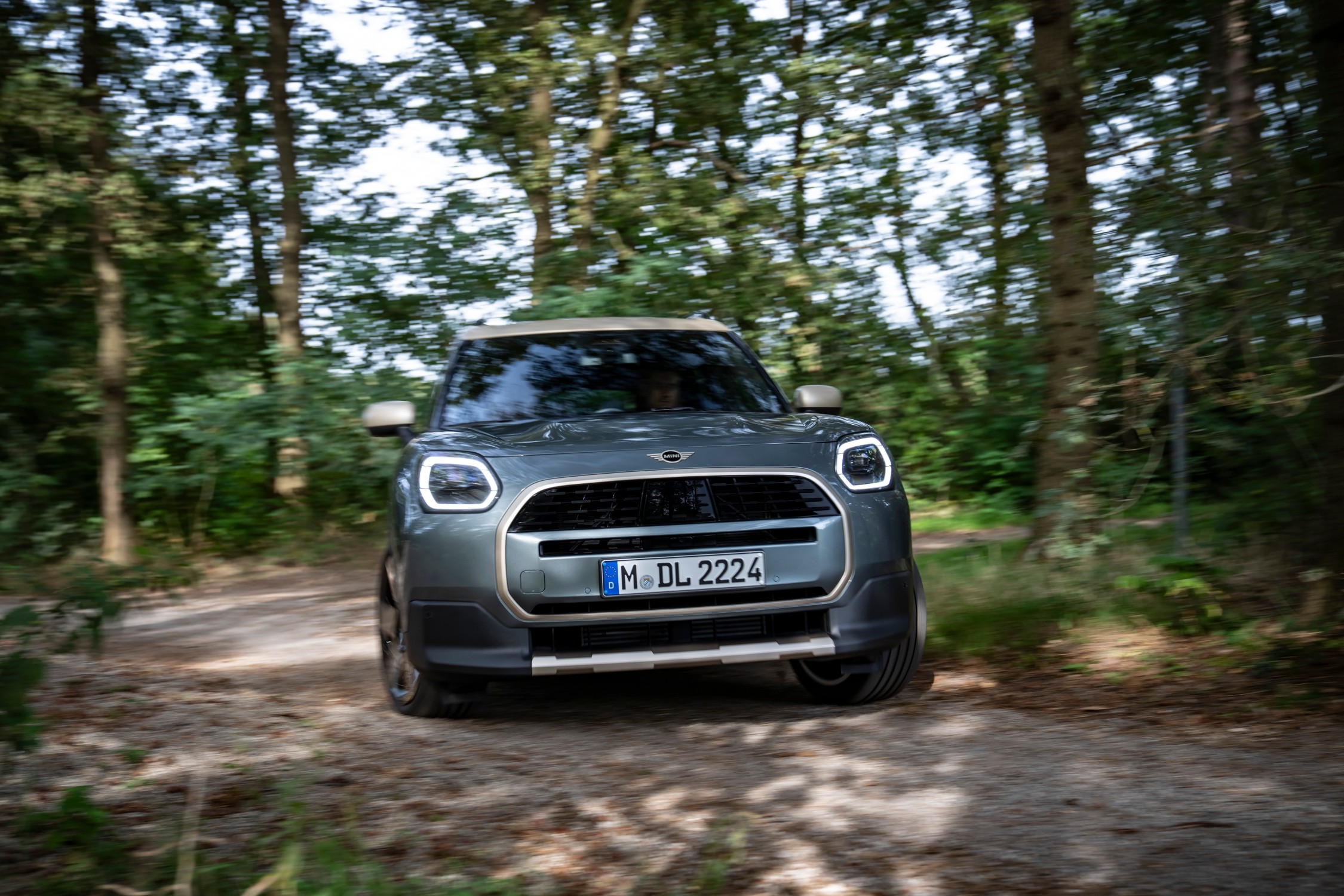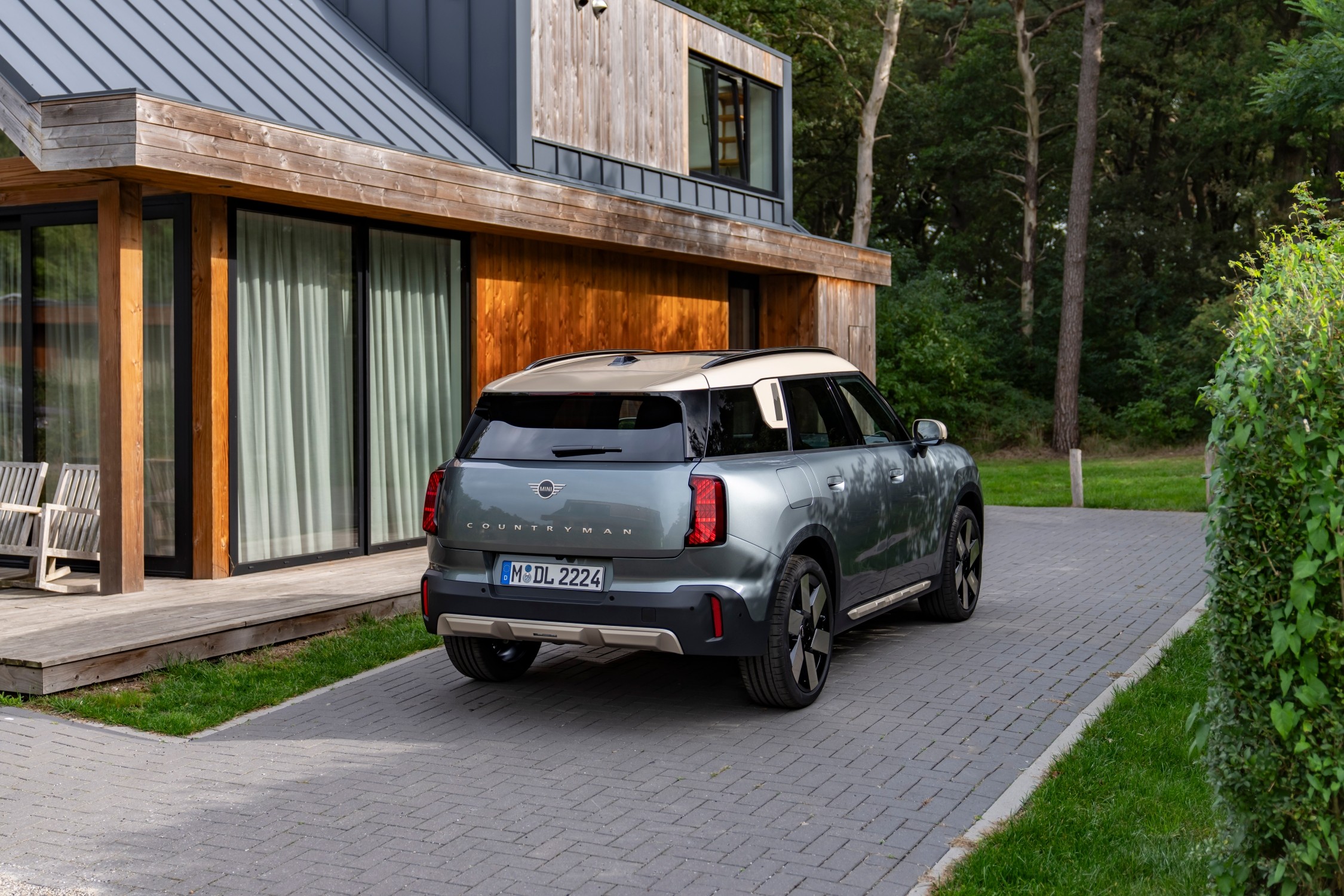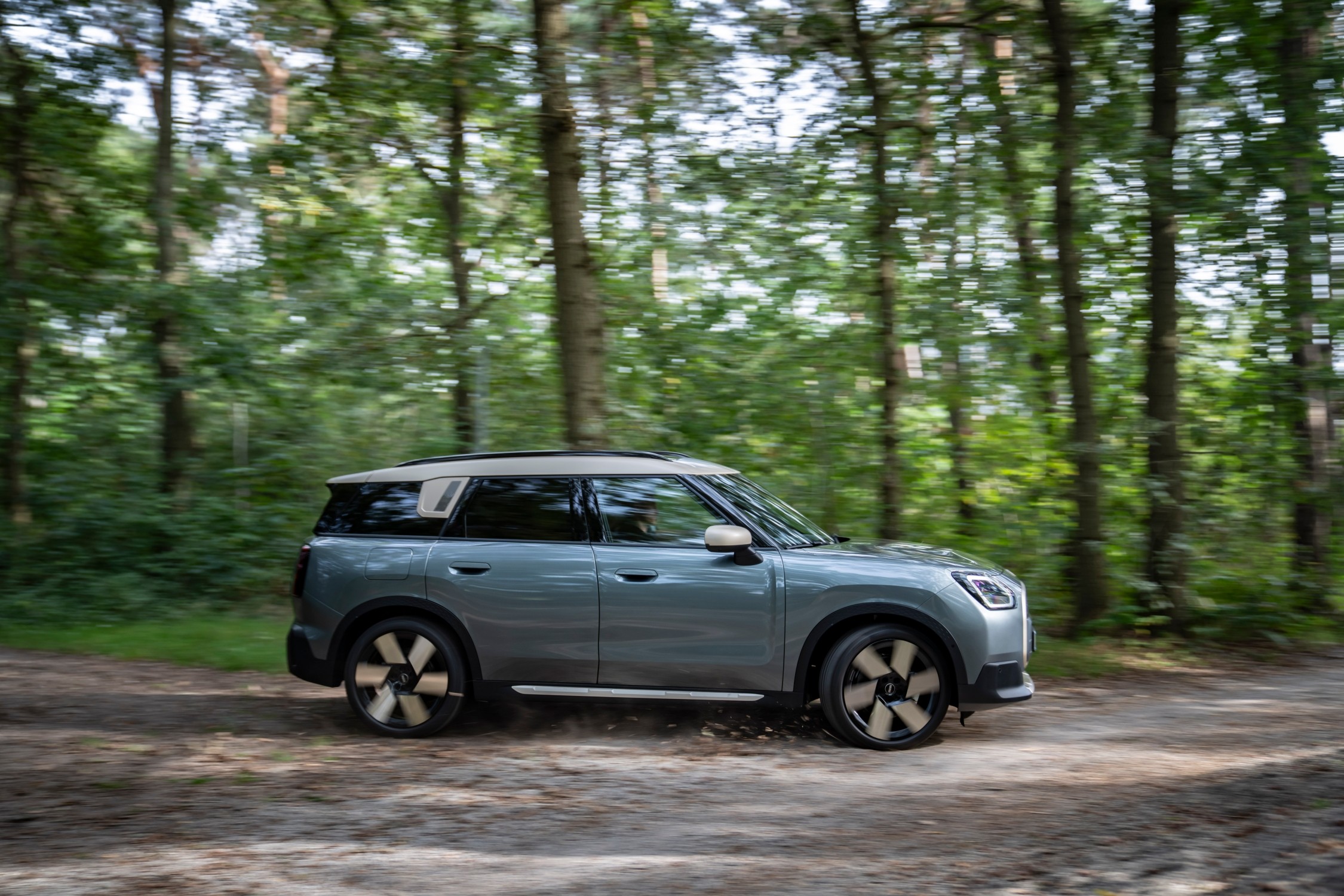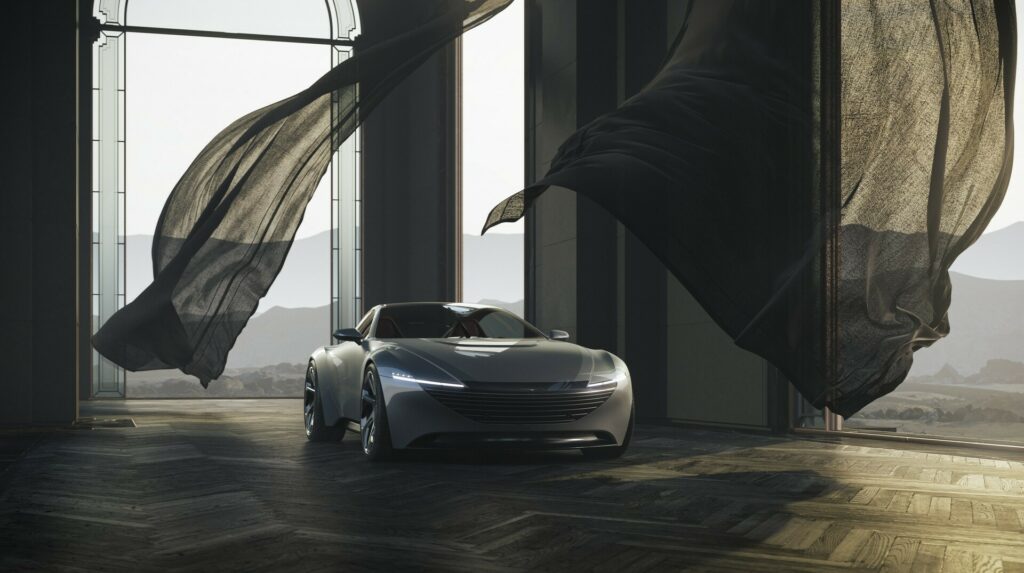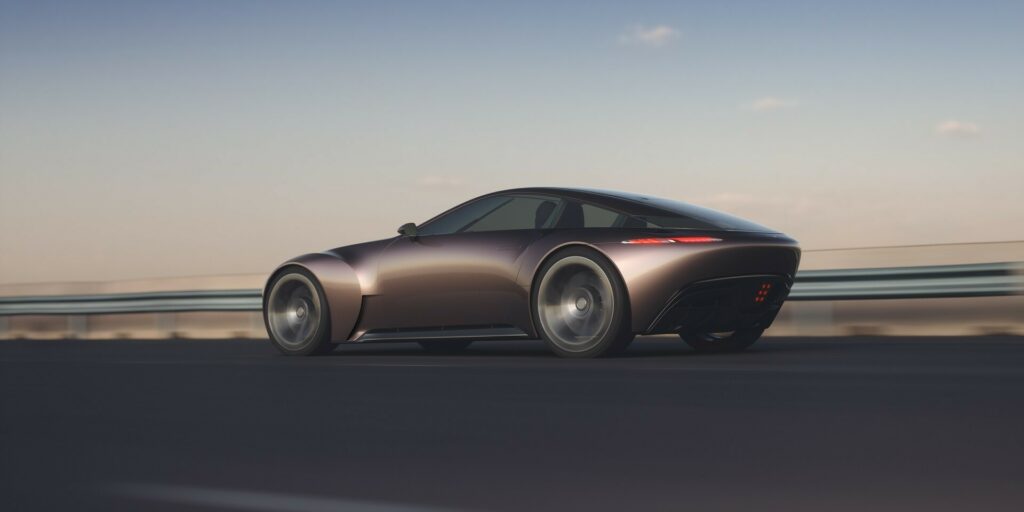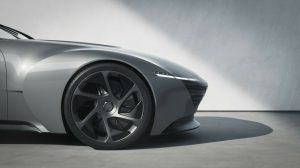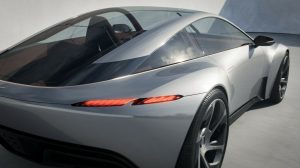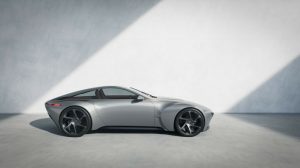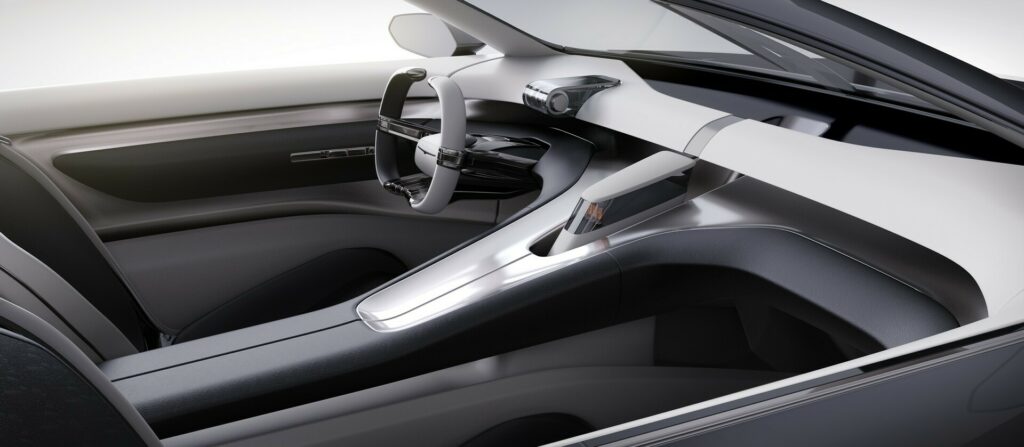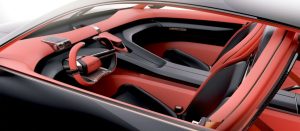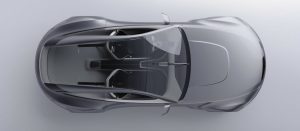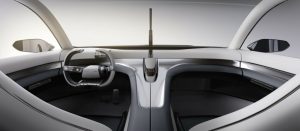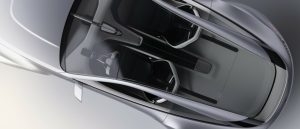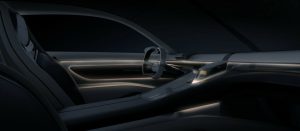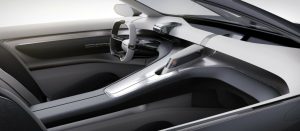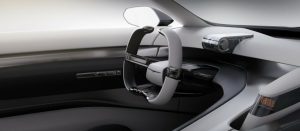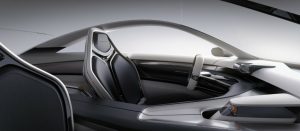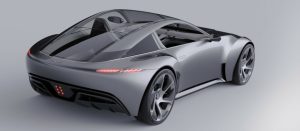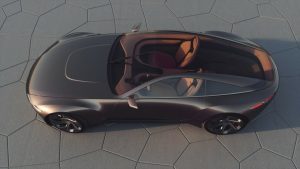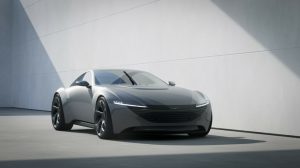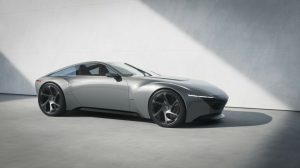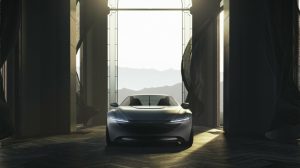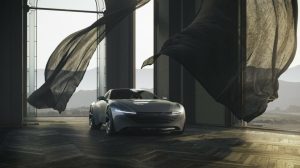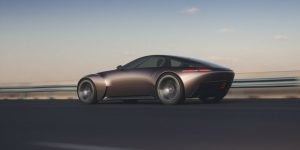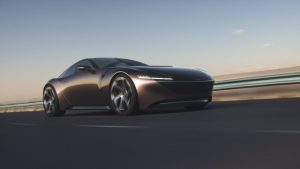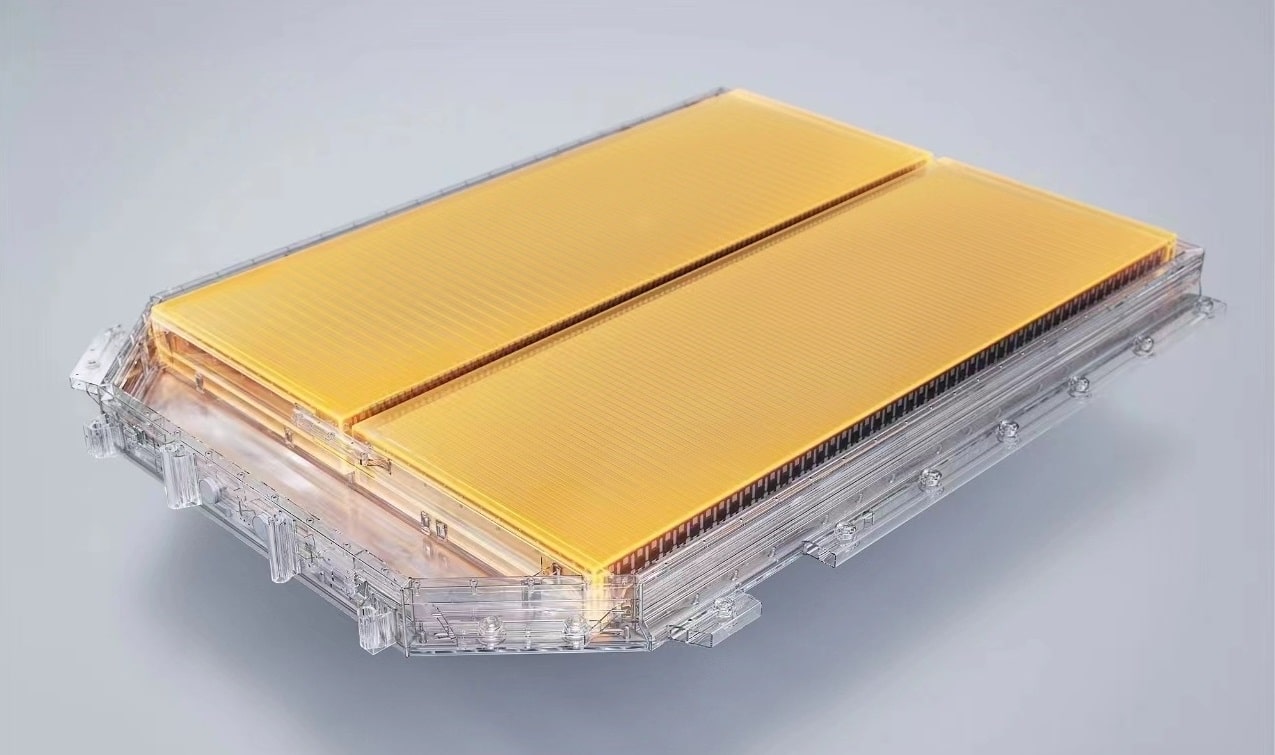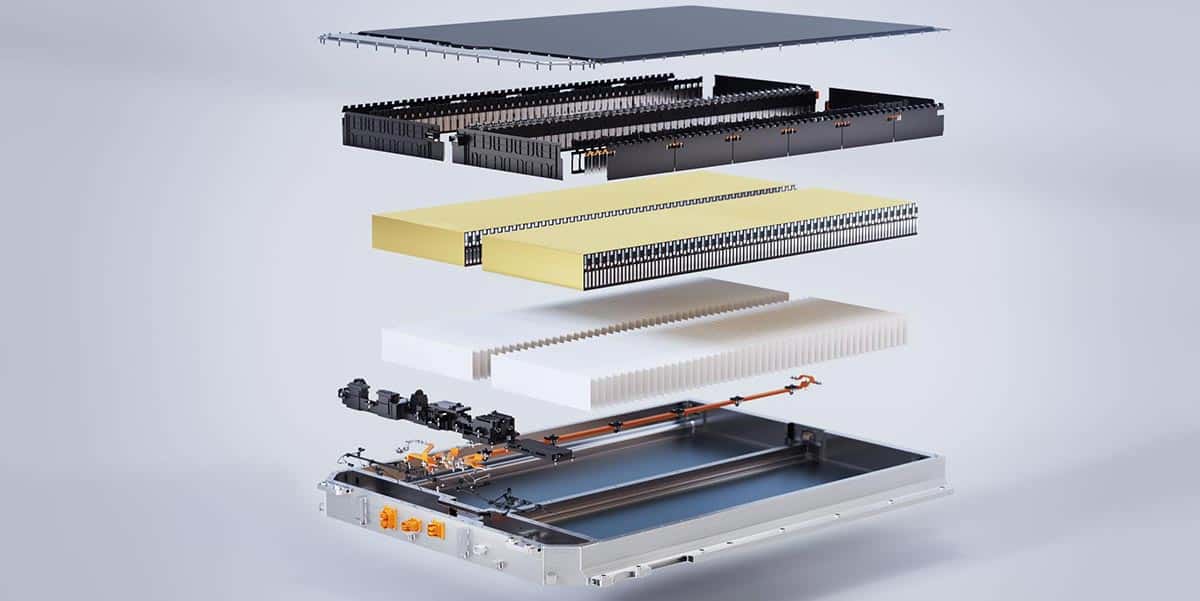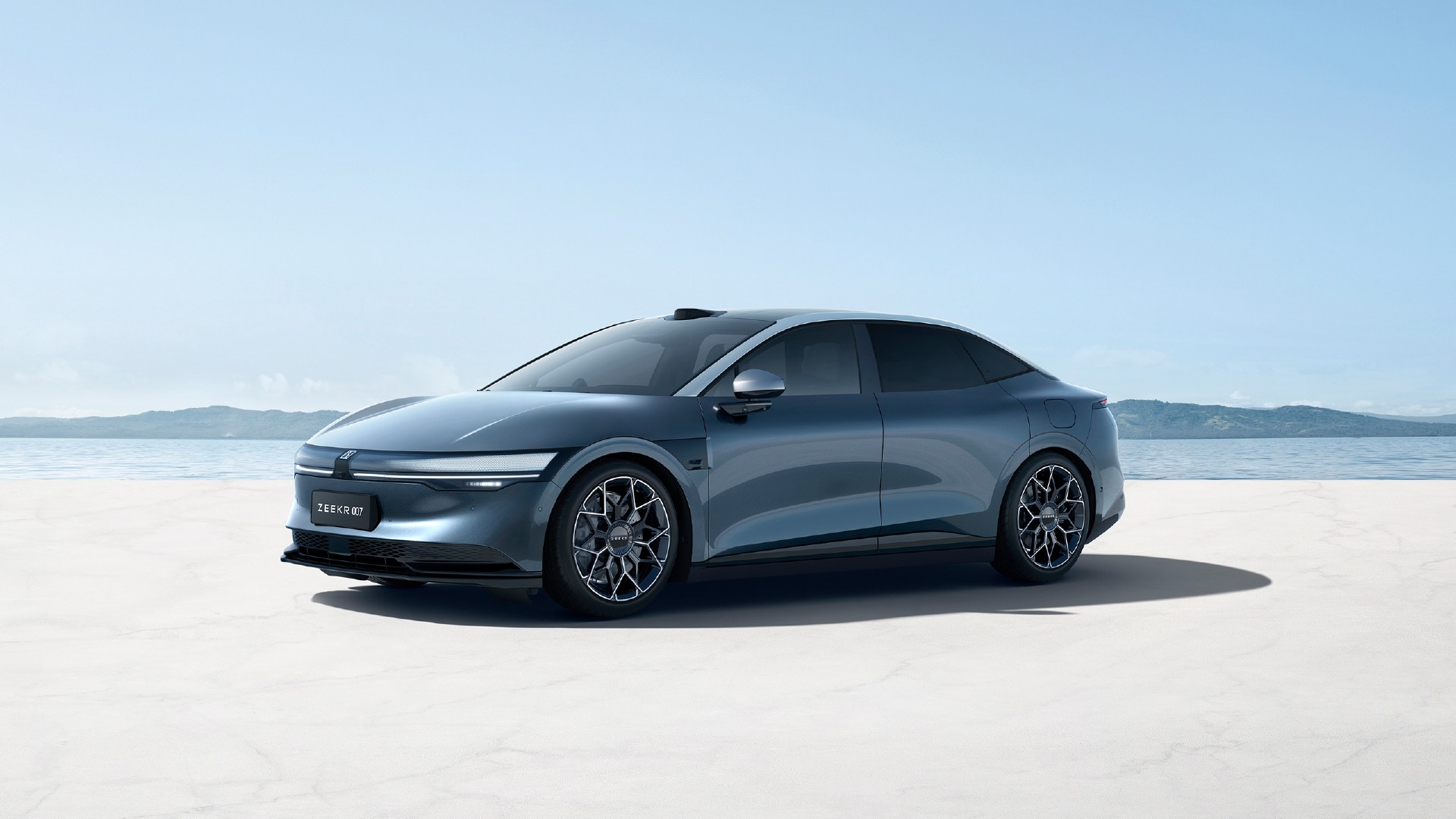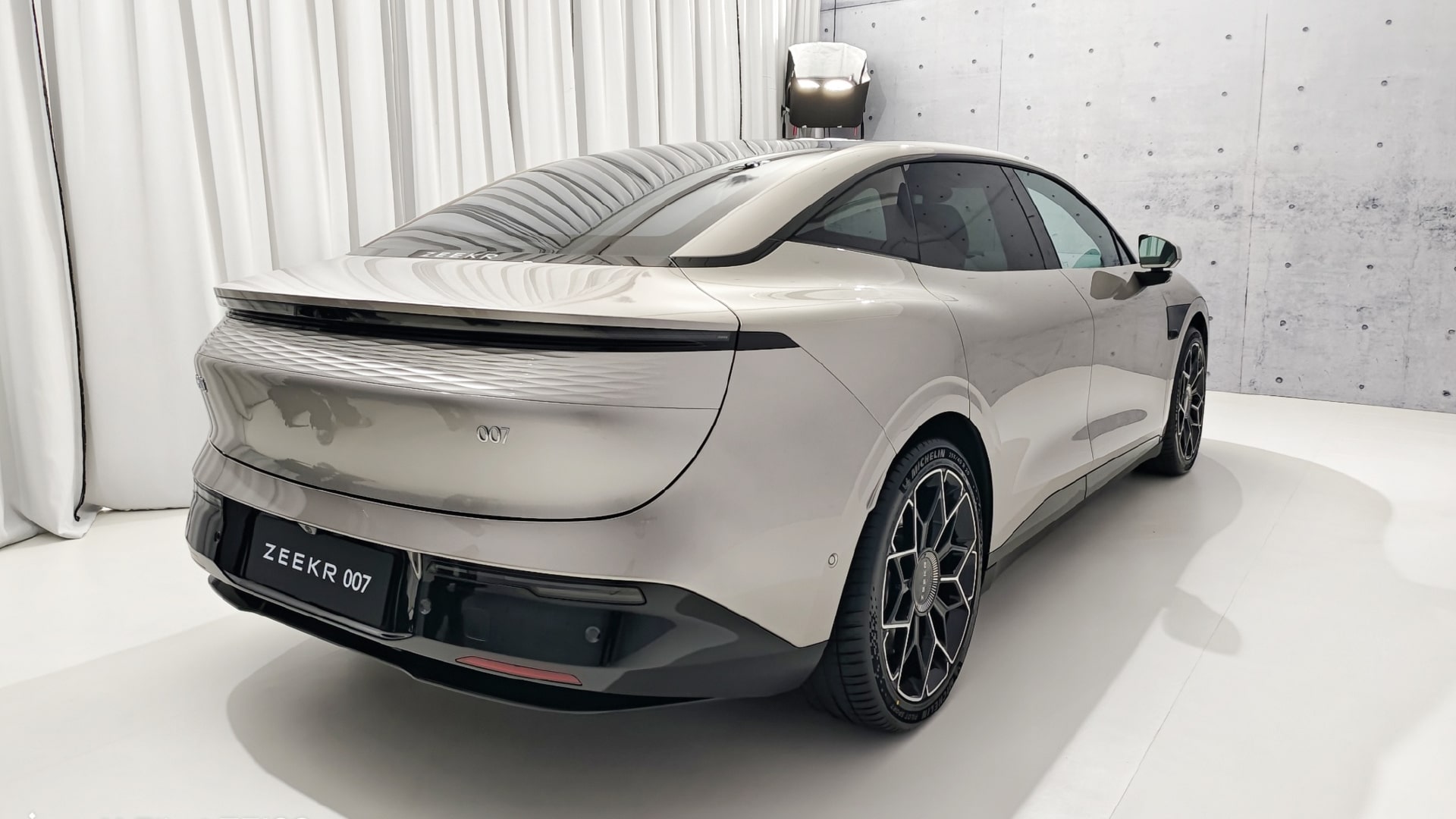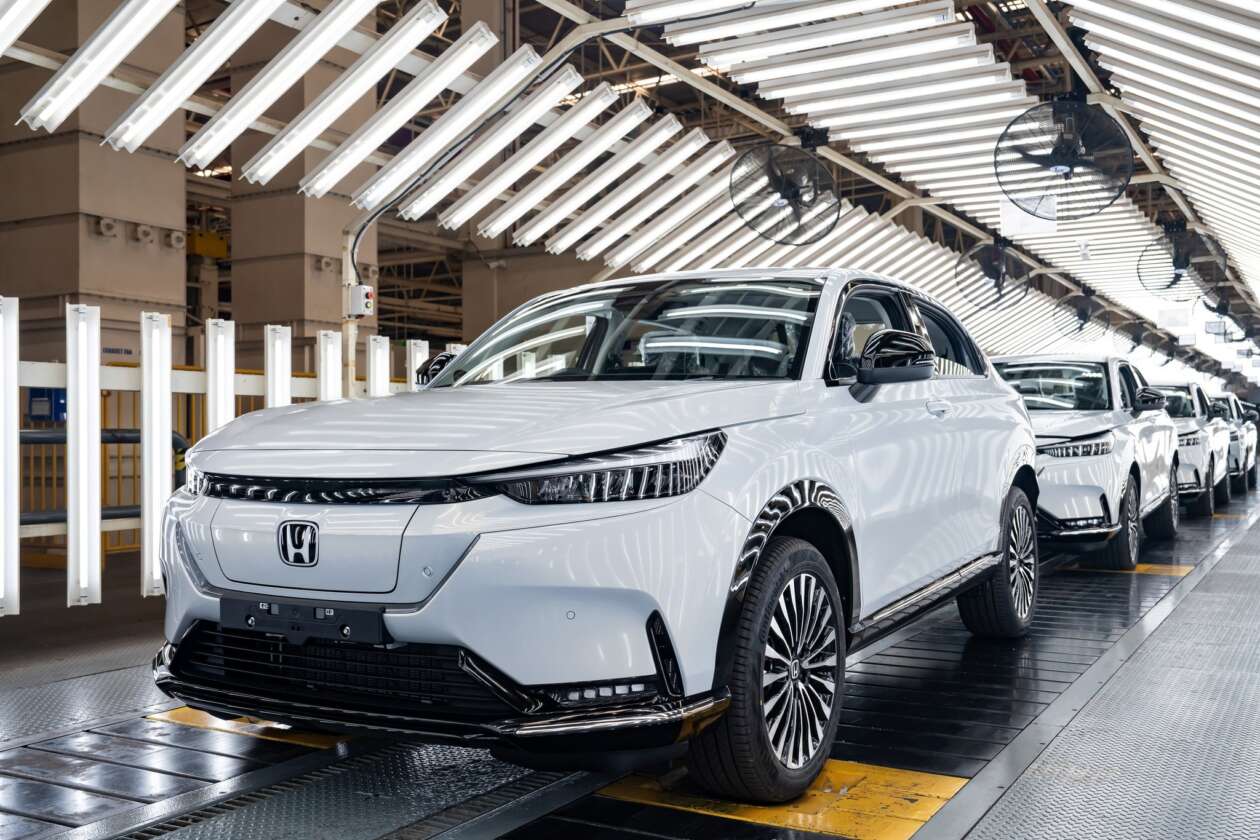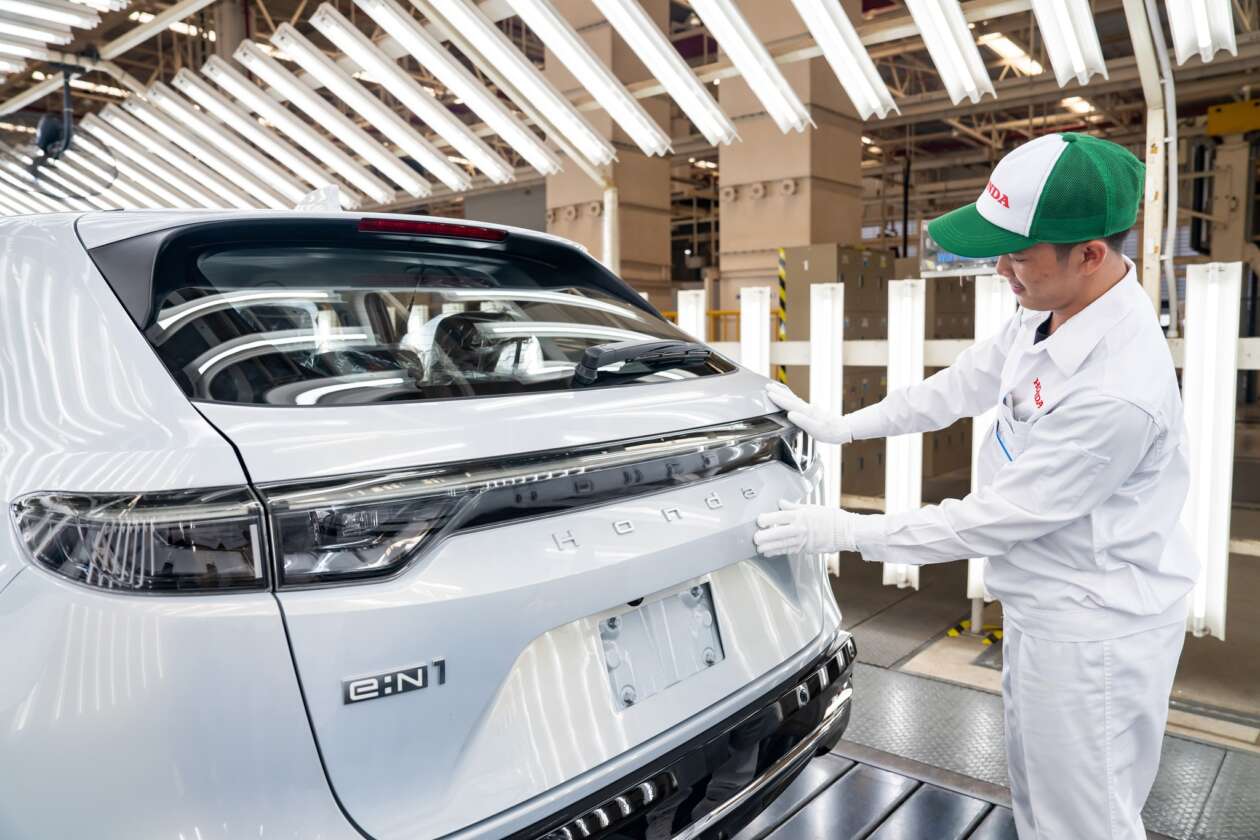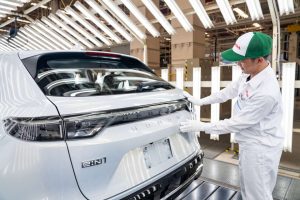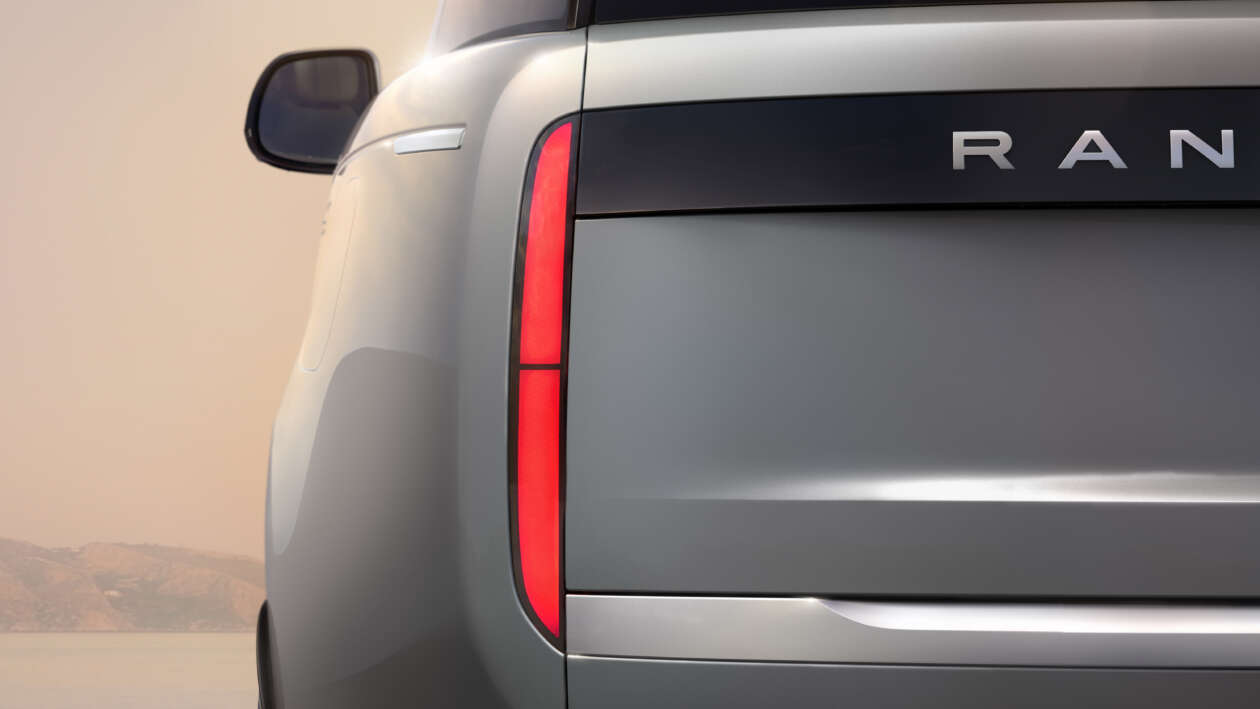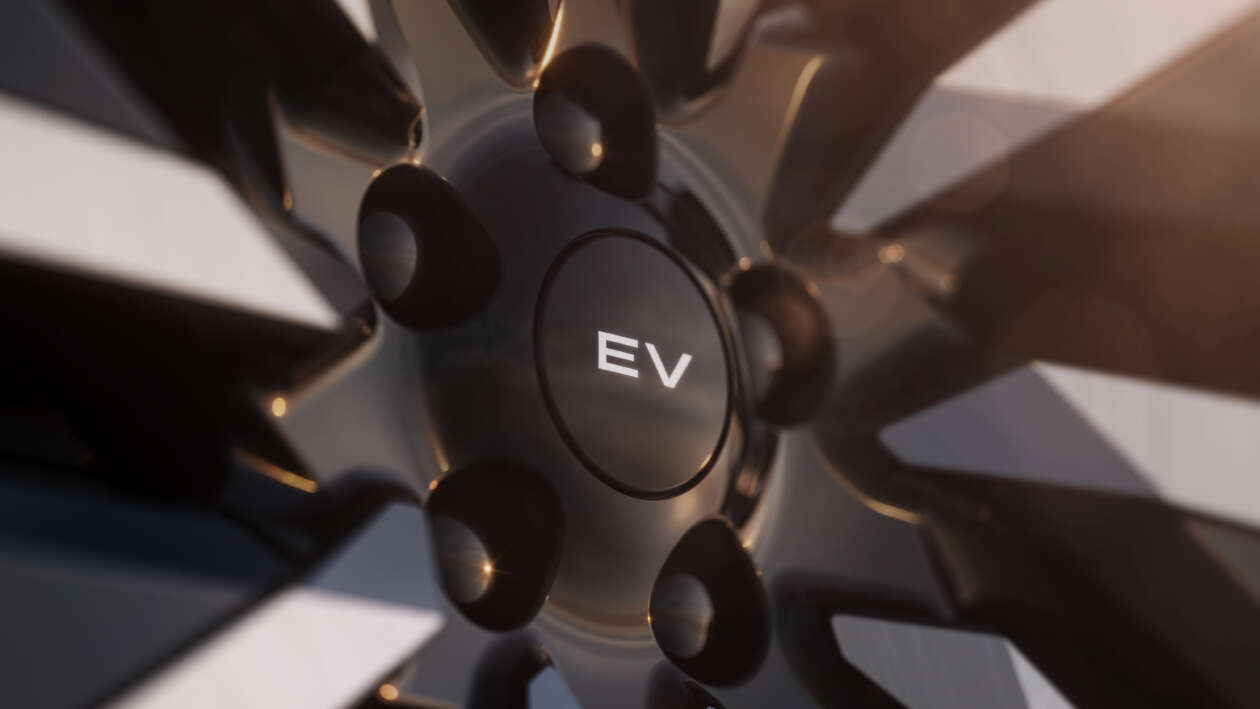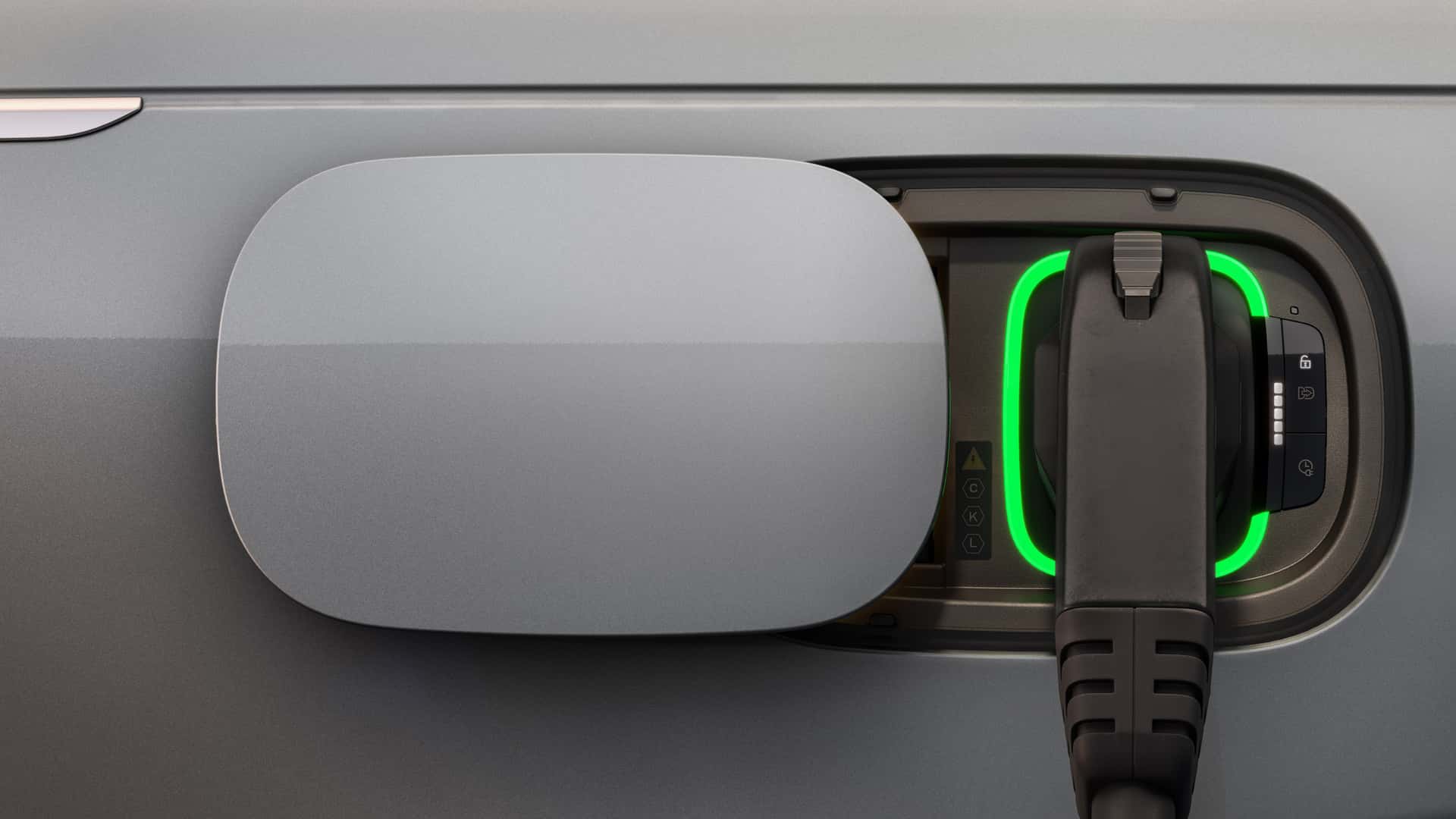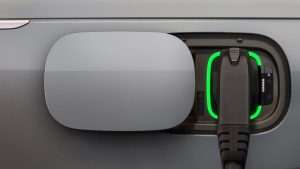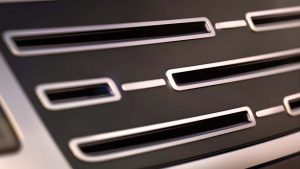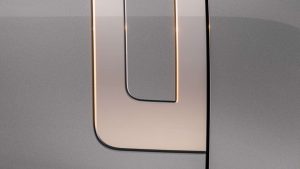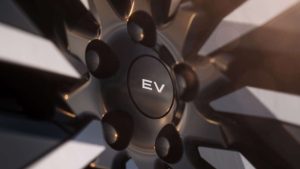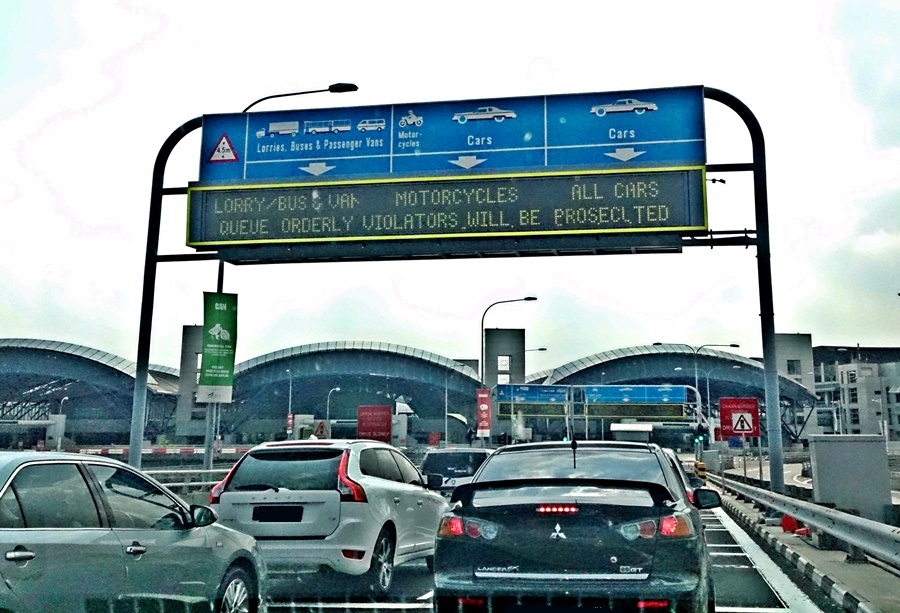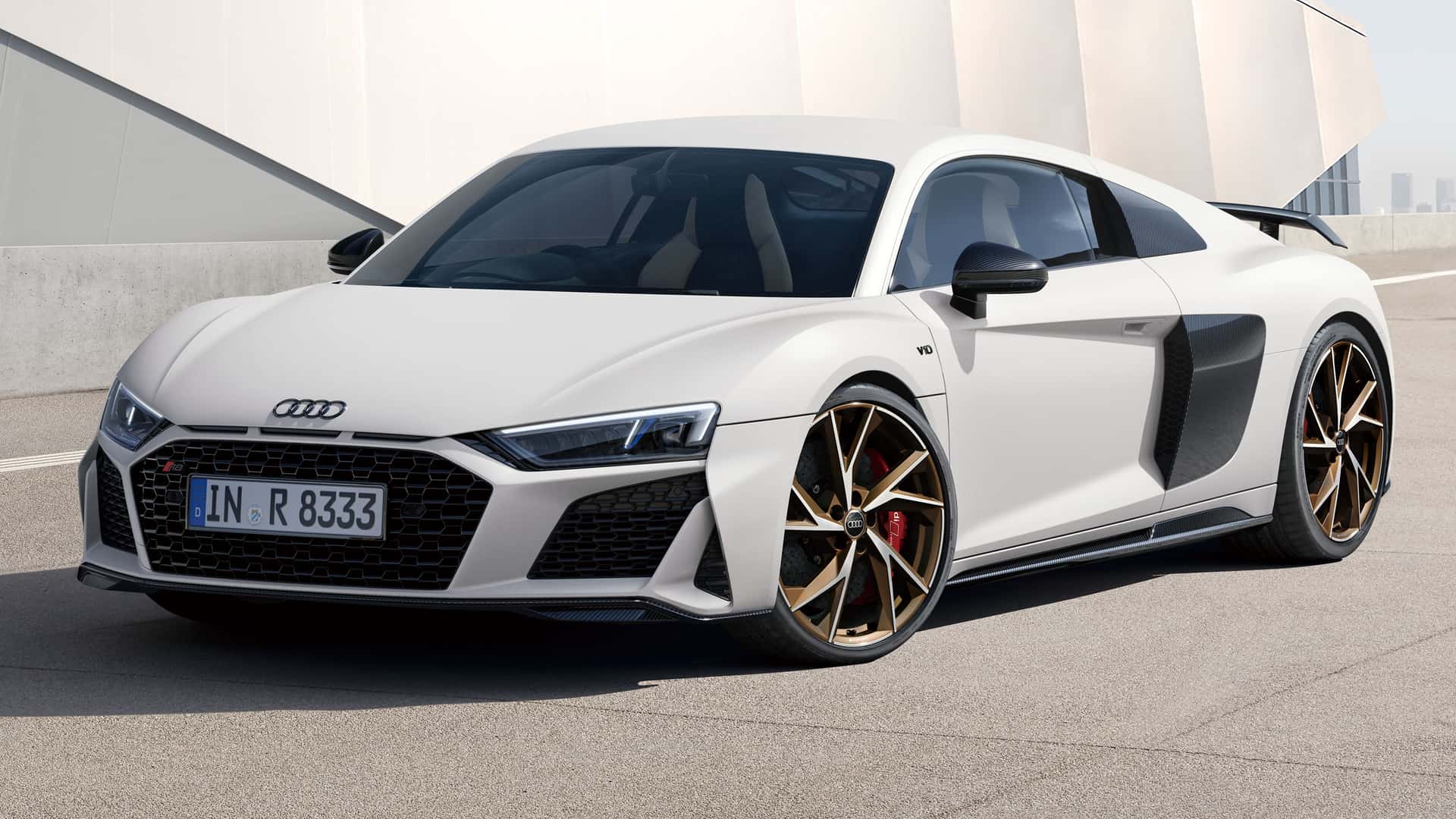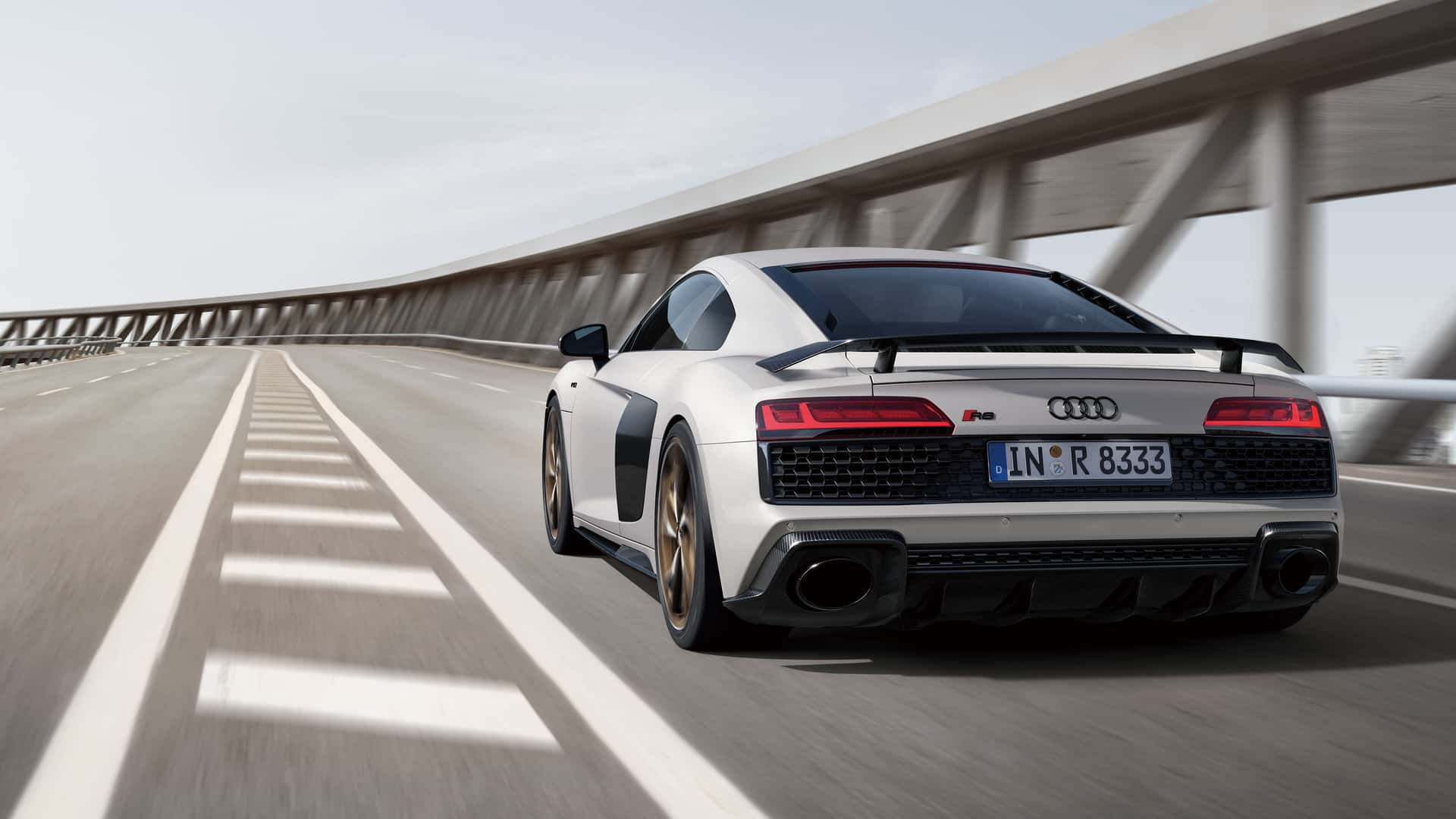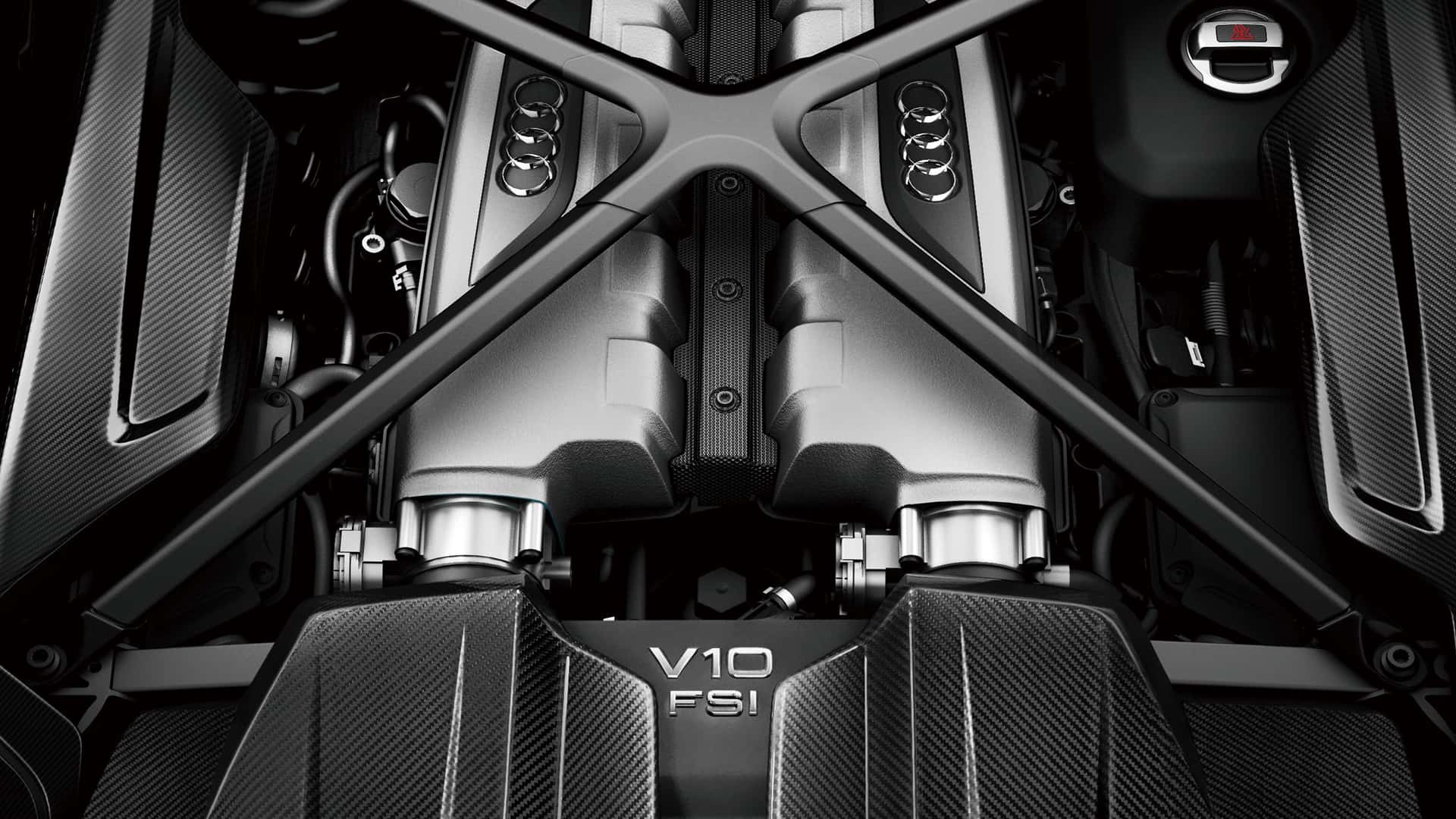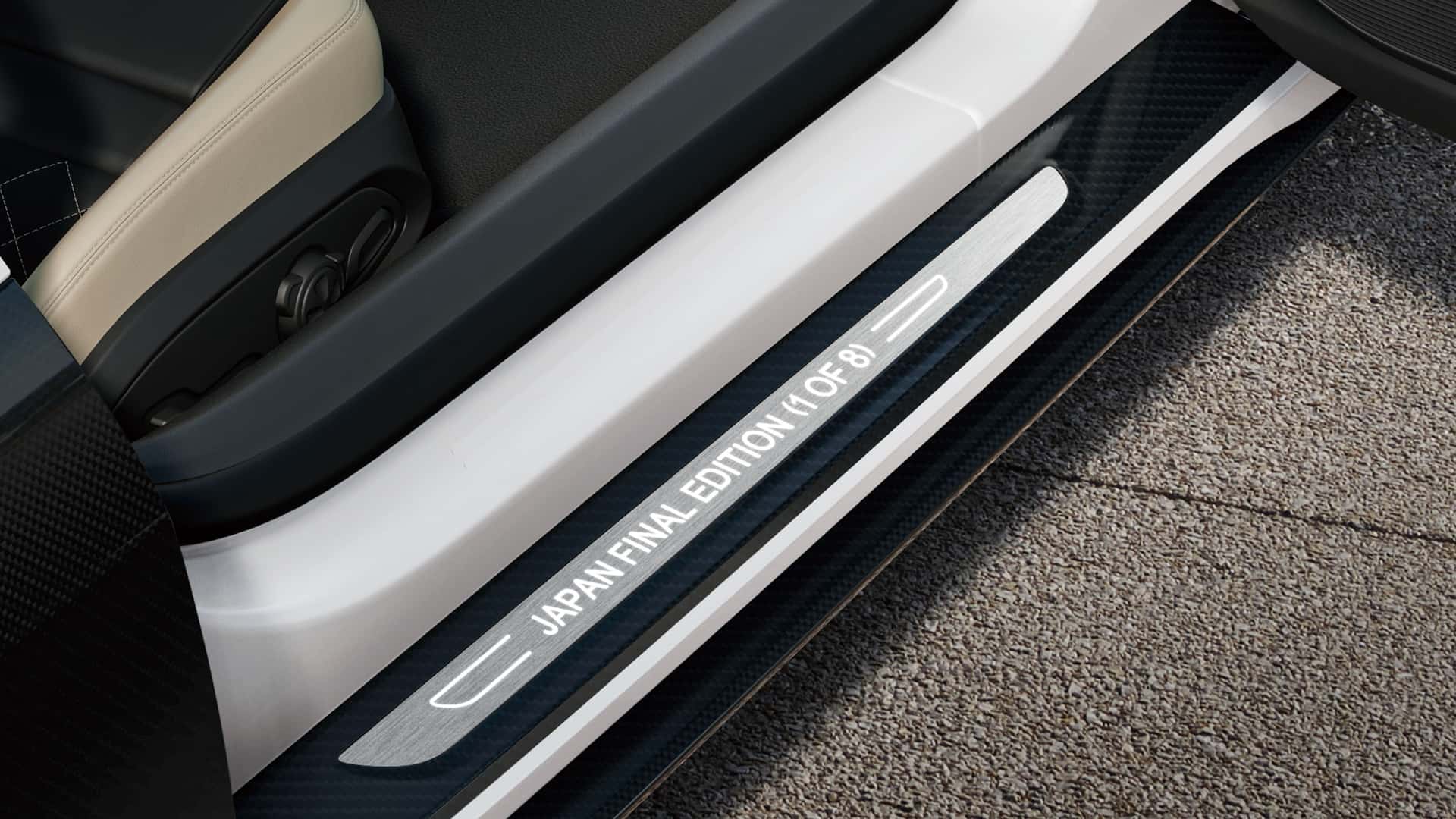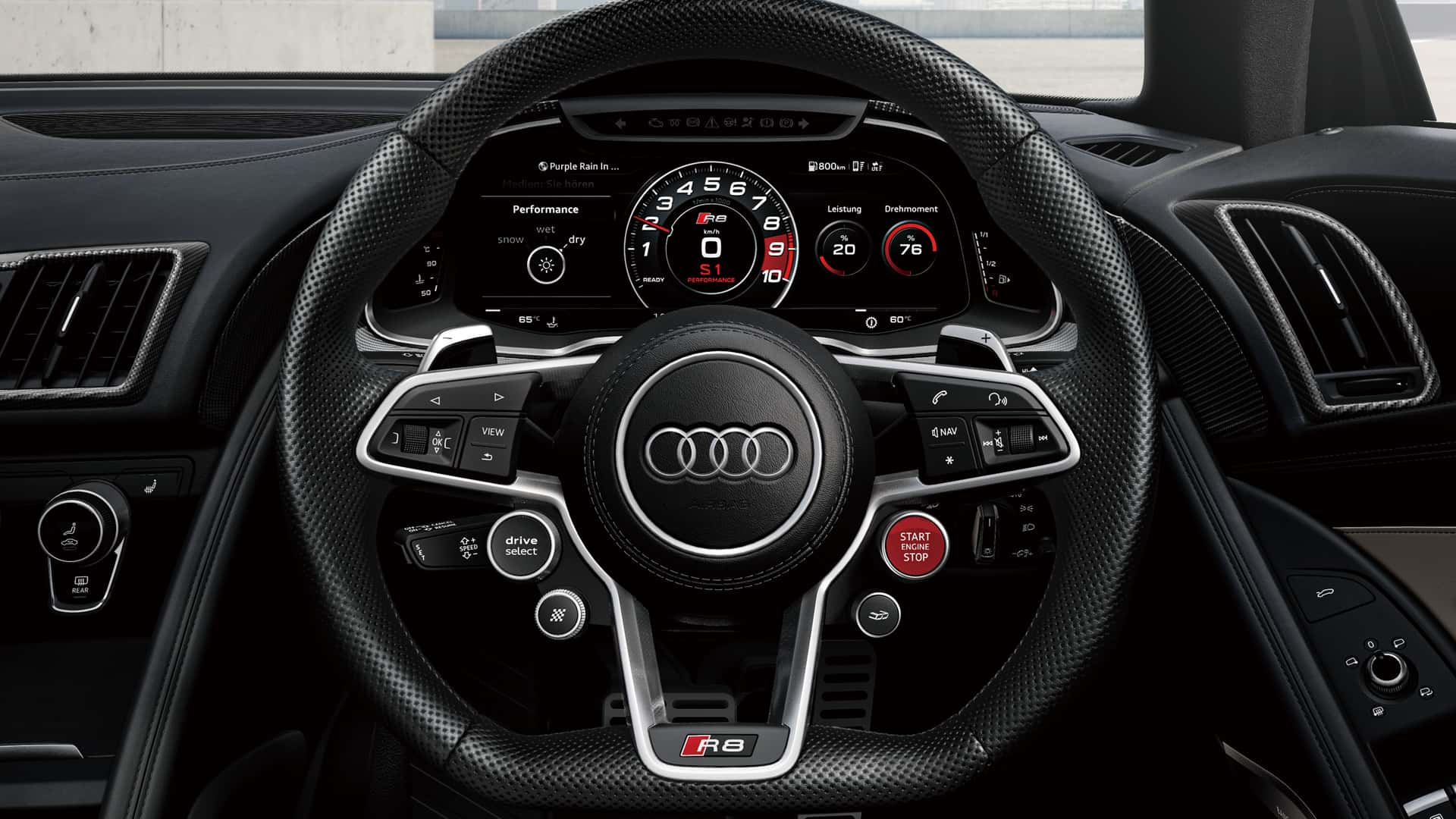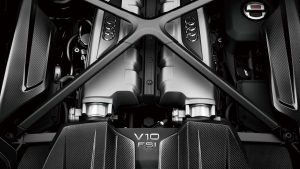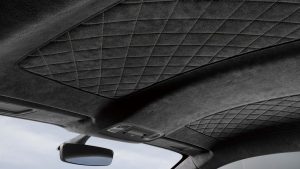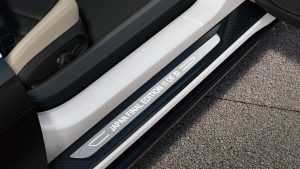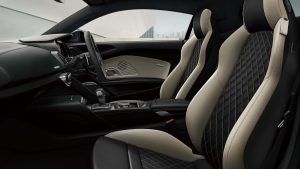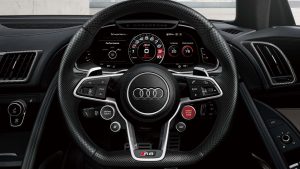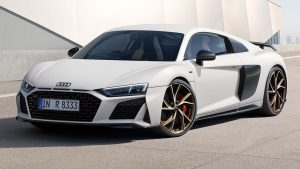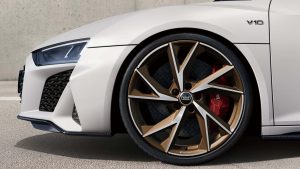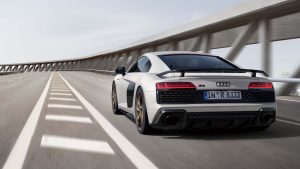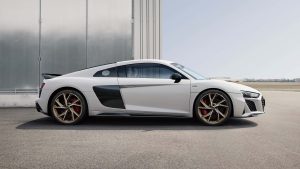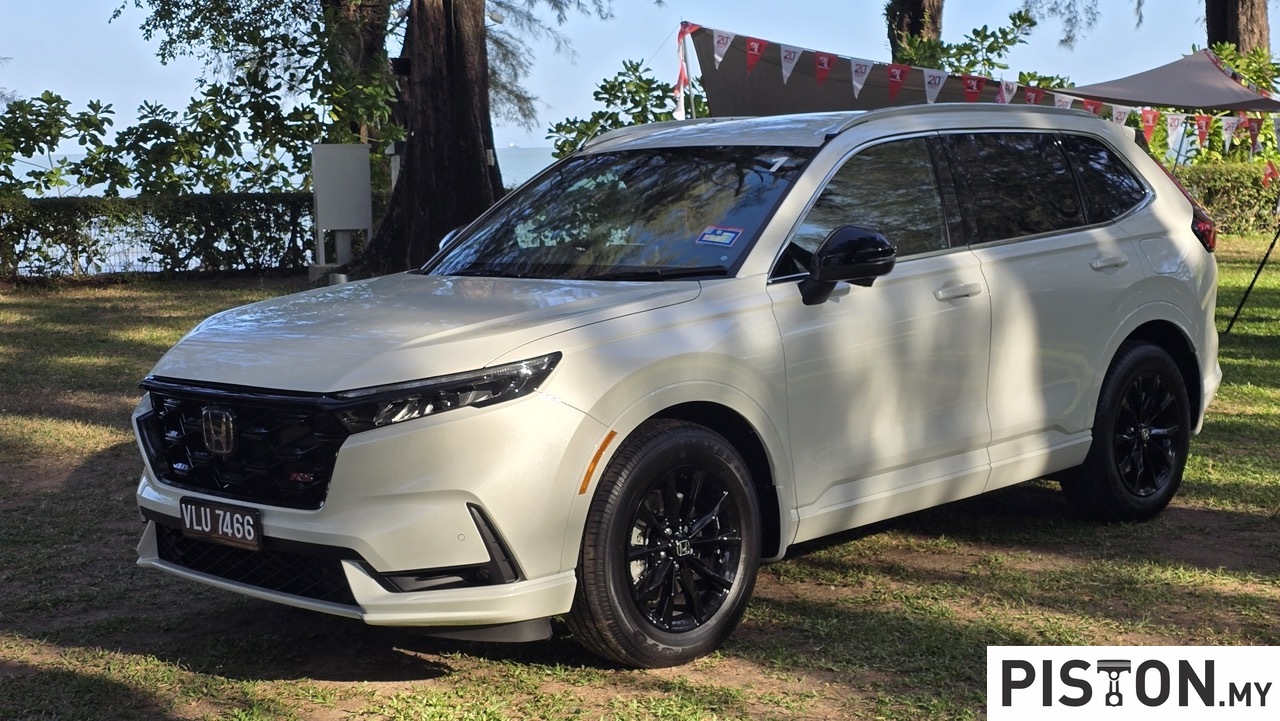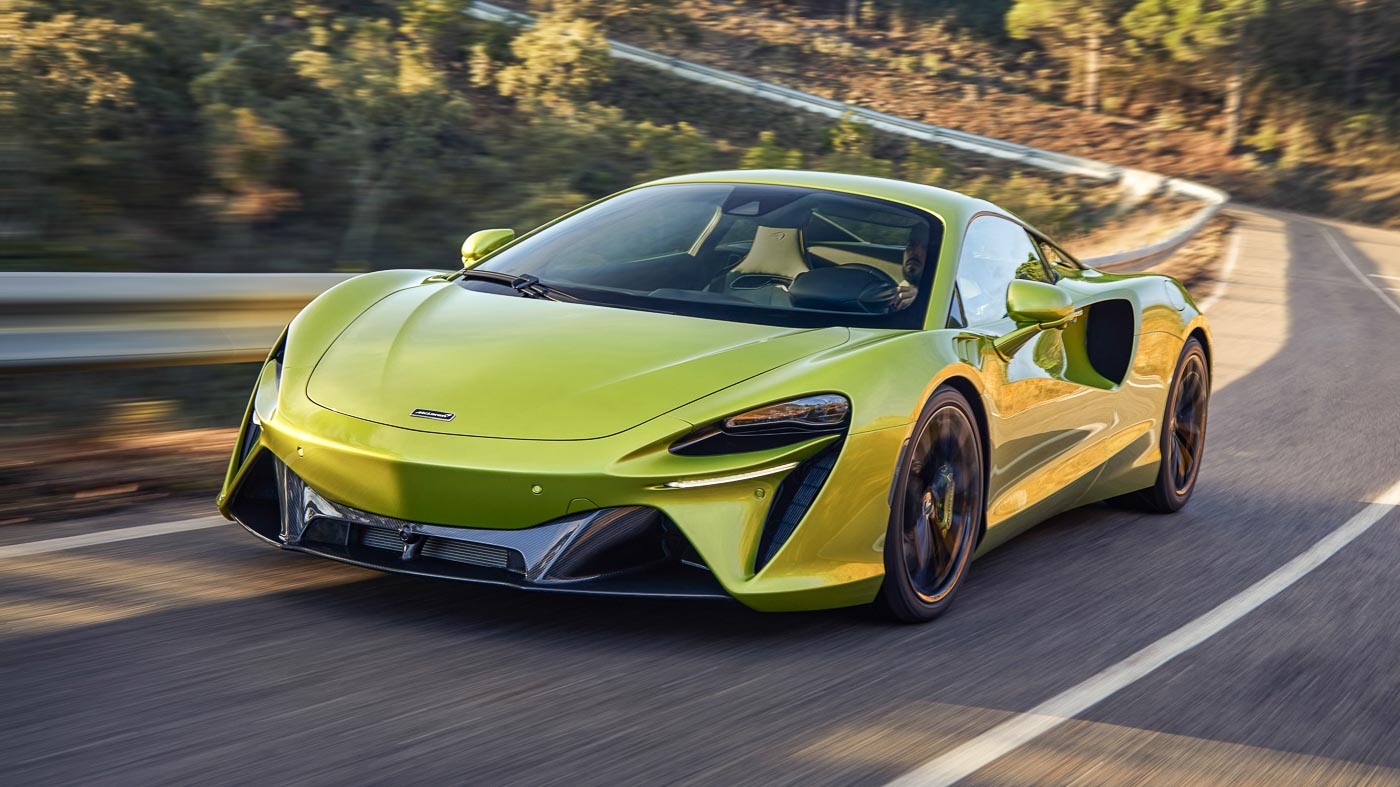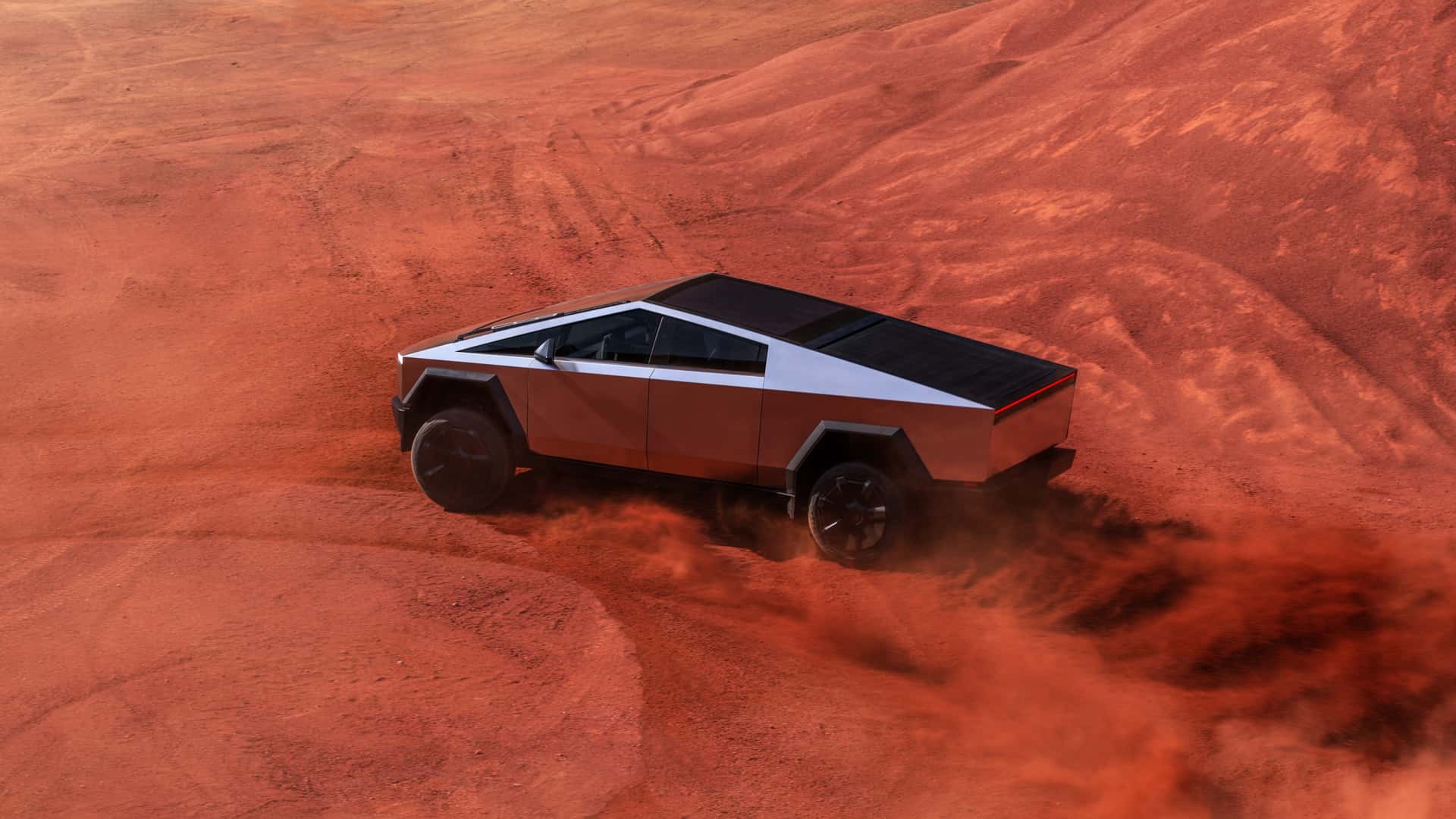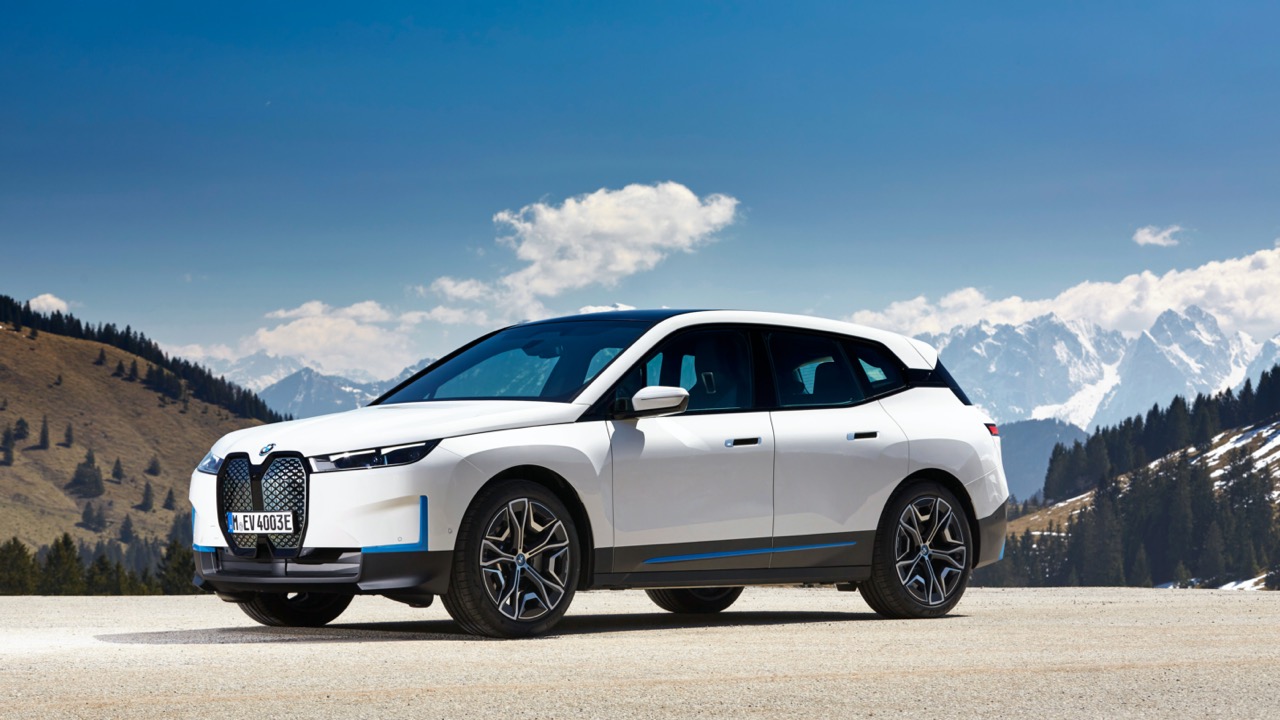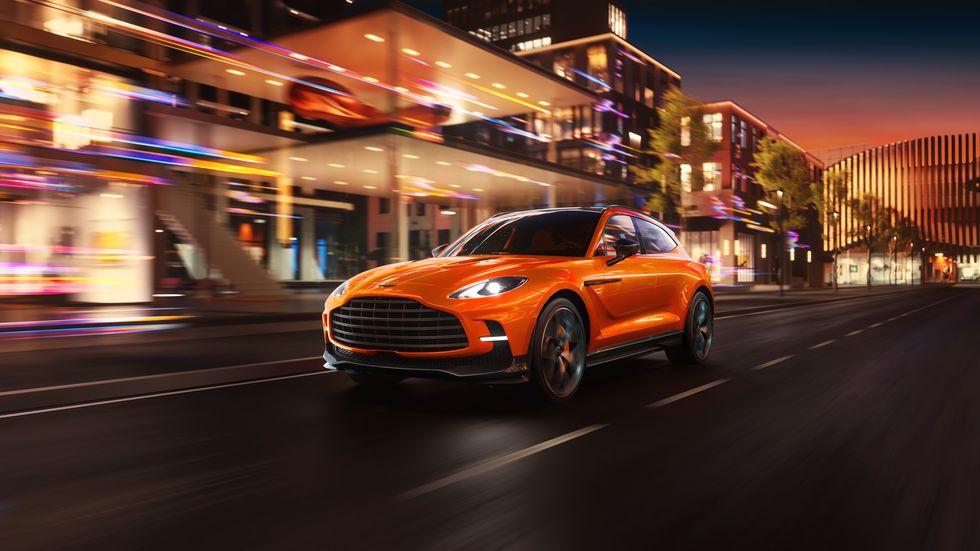McLaren, the iconic British supercar manufacturer, introduces the highly anticipated McLaren GTS, designed to take its place in the McLaren lineup as a replacement for the GT model.
Exterior Enhancements:
At the forefront of the GTS’s aesthetic evolution is the updated ‘hammerhead’ signature styling at the front. A redesigned lower front bumper section houses more pronounced air intakes, featuring wider openings to optimise airflow to the car’s radiator system. The front intake air blades, available in gloss visual carbon fibre, not only reflect McLaren’s racing heritage but also contribute to the GTS’s more aggressive and dynamic appearance.
On the rear fenders, new and taller air scoops, also offered in gloss visual carbon fibre, sit prominently, facilitating increased airflow into the heart of the GTS – the formidable 4.0-litre twin-turbocharged V8 engine.
The GTS’s muscular visuals include a large rear diffuser and dual exhausts, enhancing the car’s overall aerodynamics. The optional Sports Exhaust system delivers an exhilarating supercar soundtrack, allowing drivers to revel in the raw power at their command.
For a stealthy appearance by default, the GTS comes standard with a gloss black finish on the exhaust finisher, mirror caps, and window surrounds. The vehicle’s badging, including new side badges, can be further customized with a black finish by opting for the Stealth Badge Pack. Visual carbon fiber options abound, from underbody carbon packs to specific exterior details such as front air intake blades, rear fender air intakes, and mirror caps.
Lightweight Construction and Performance Prowess:
Underpinning the GTS is the robust carbon fibre MonoCell II-T monocoque chassis, renowned for its strength and ultra-lightweight construction. The chassis features a standard composite roof made from recycled carbon fiber, exemplifying McLaren’s commitment to sustainability without compromising performance.
Weighing a mere 1,520kg (DIN), the GTS claims the title of the lightest car in its class. The 4.0-litre twin-turbocharged V8 engine, denoted as the V8 M840TE, now produces an impressive 635PS at 7,500rpm. The engine enhancements include a boost in crankshaft torque through more aggressive combustion phasing and revised ignition timing.
Equipped with a launch-control function, the GTS accelerates from 0-100km/h in a blistering 3.2 seconds and achieves 0-200km/h in just 8.9 seconds, showcasing its formidable performance capabilities. The GTS boasts a maximum speed of 326km/h.


